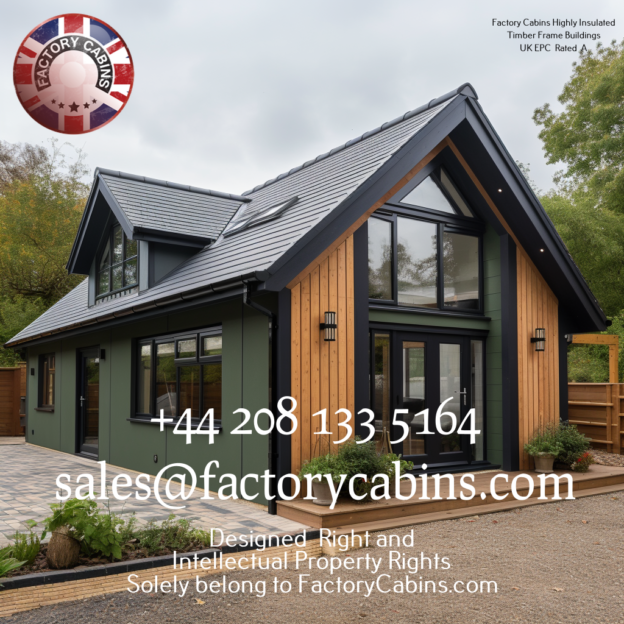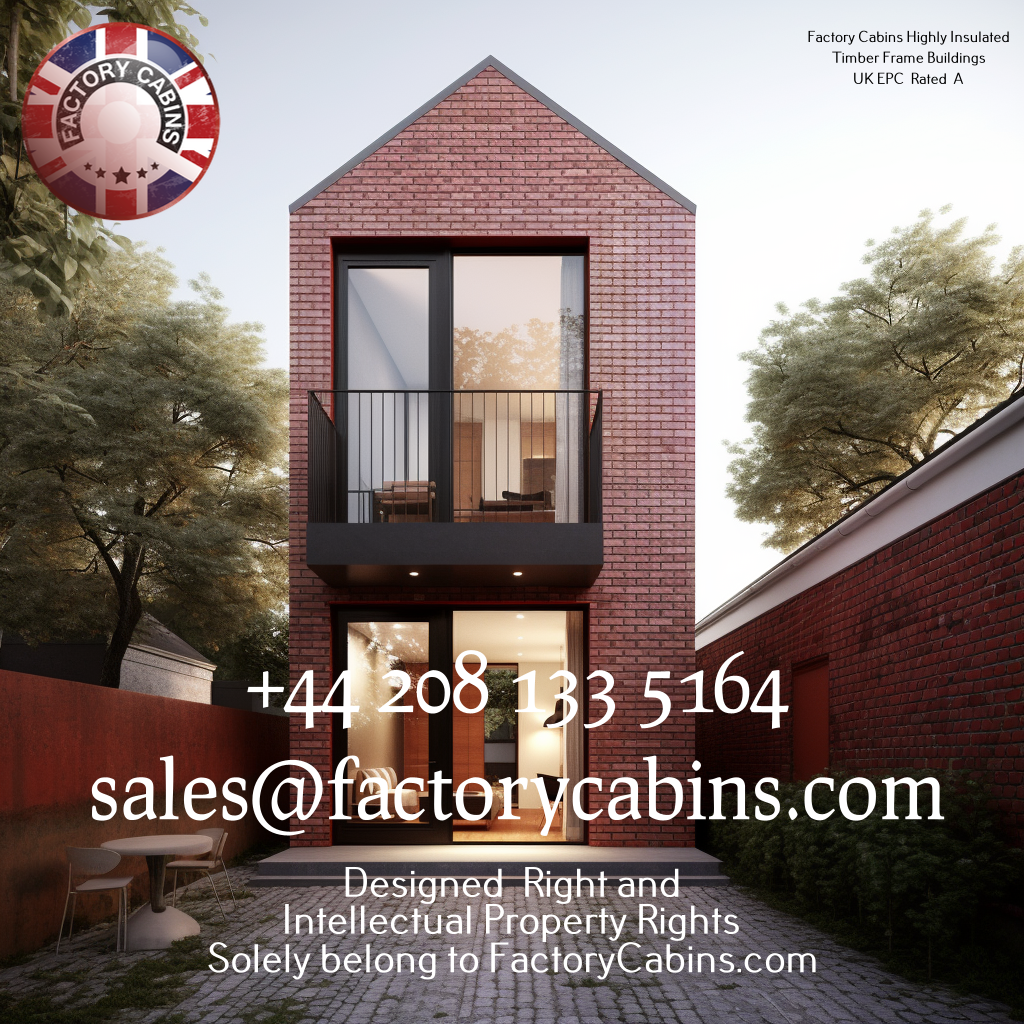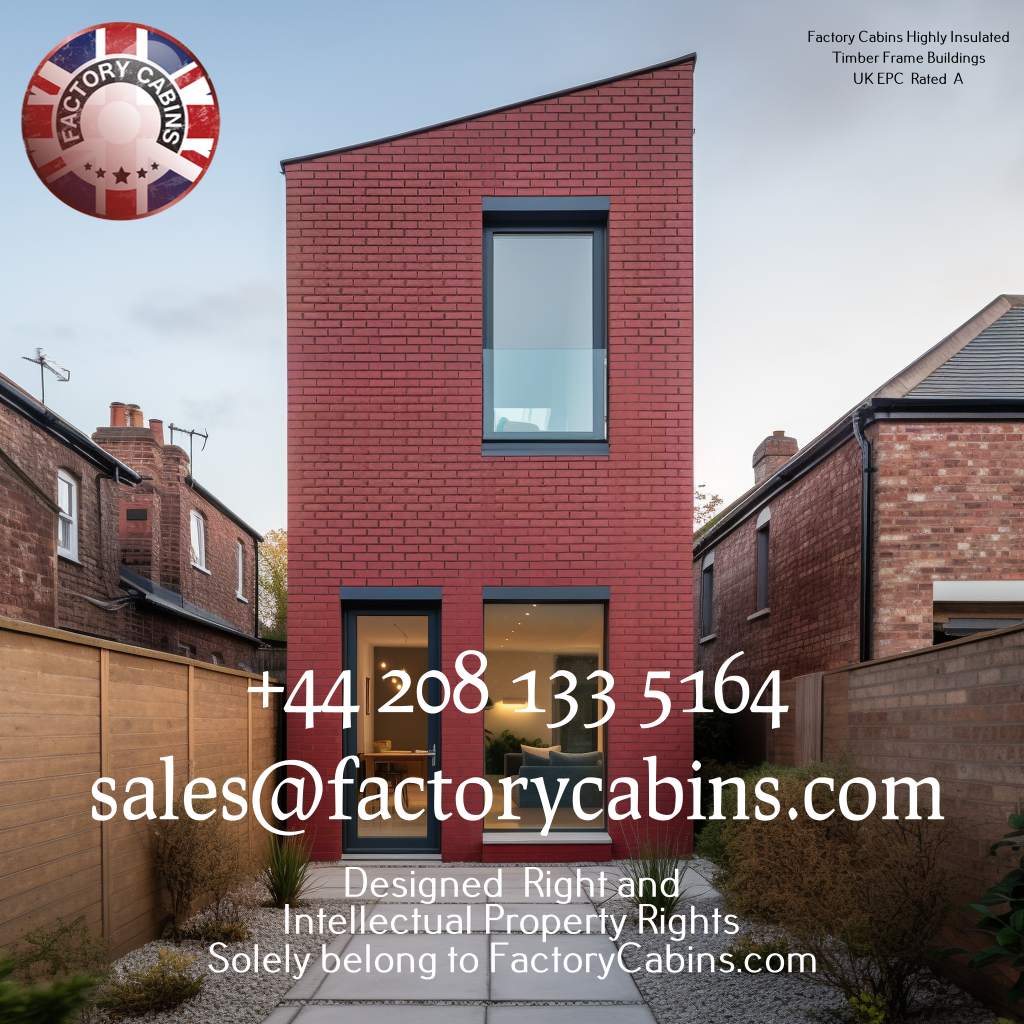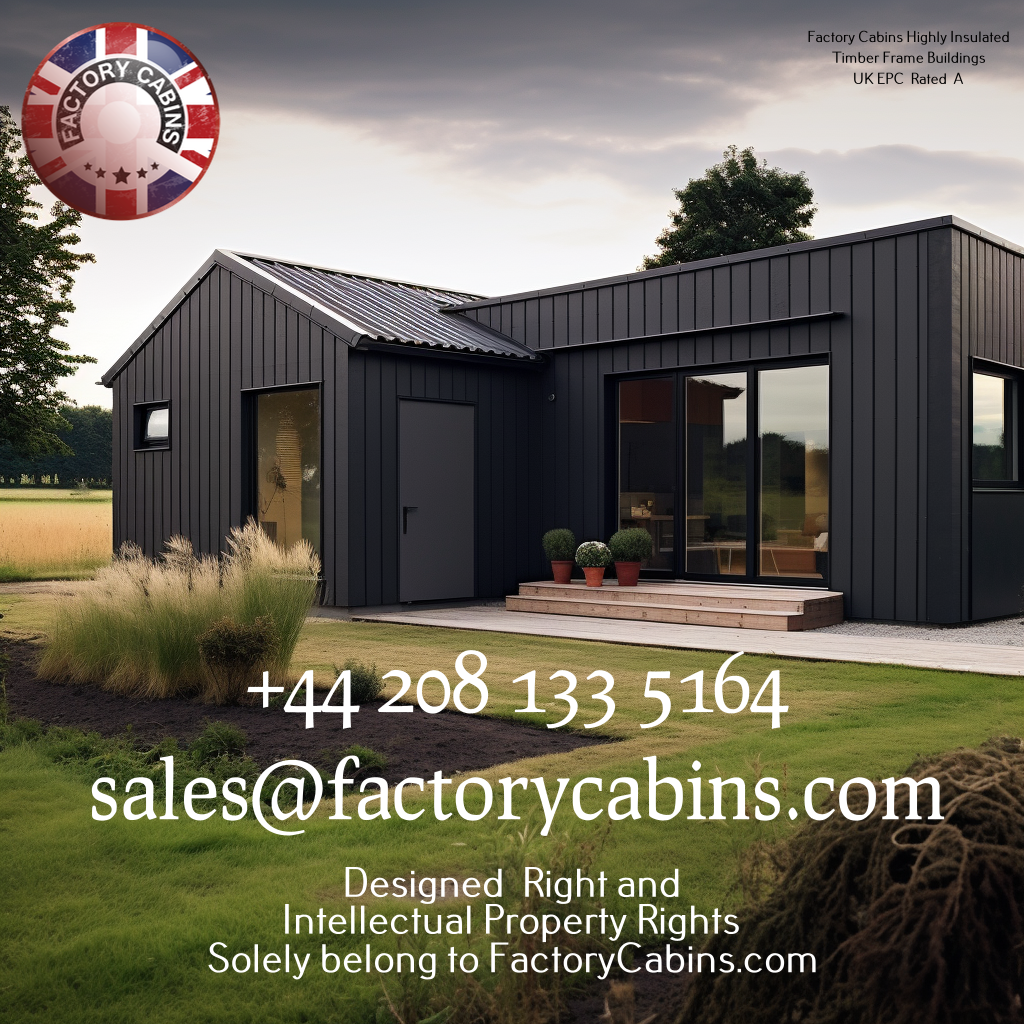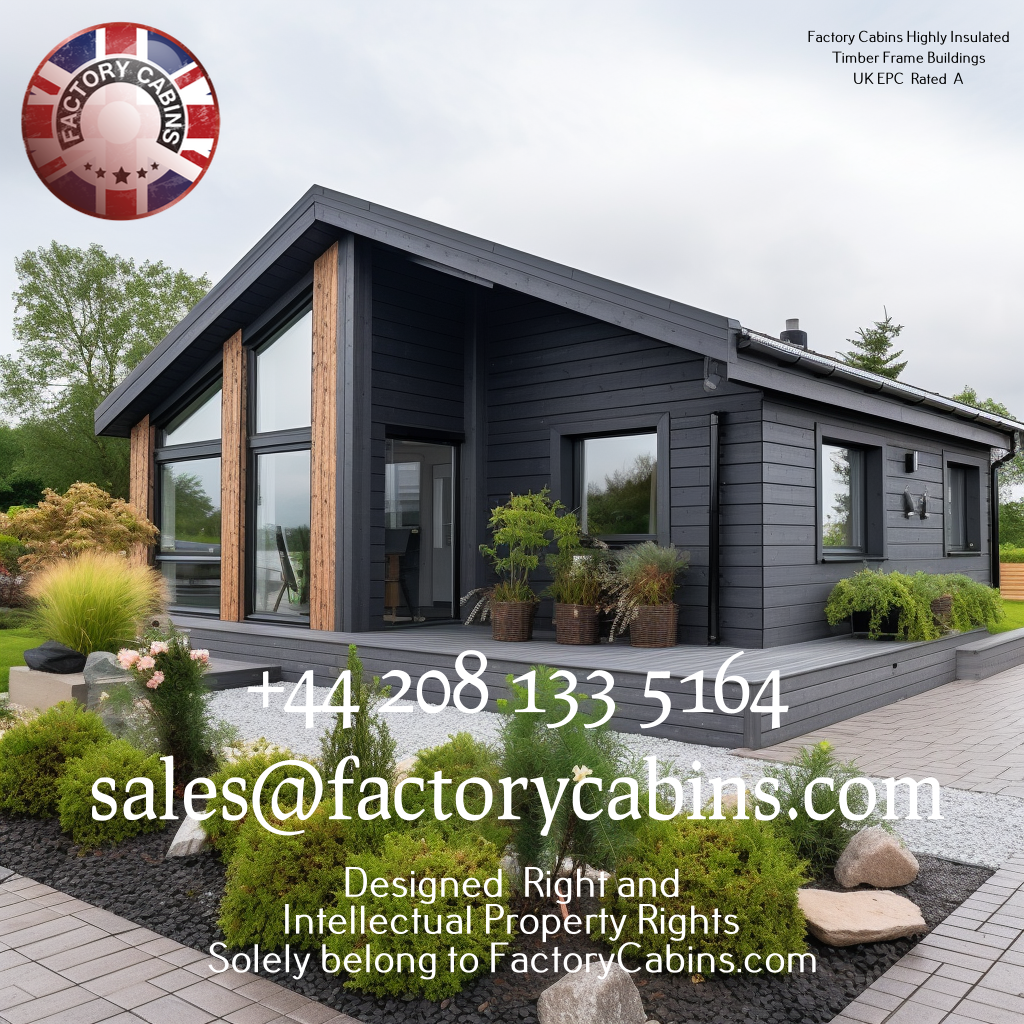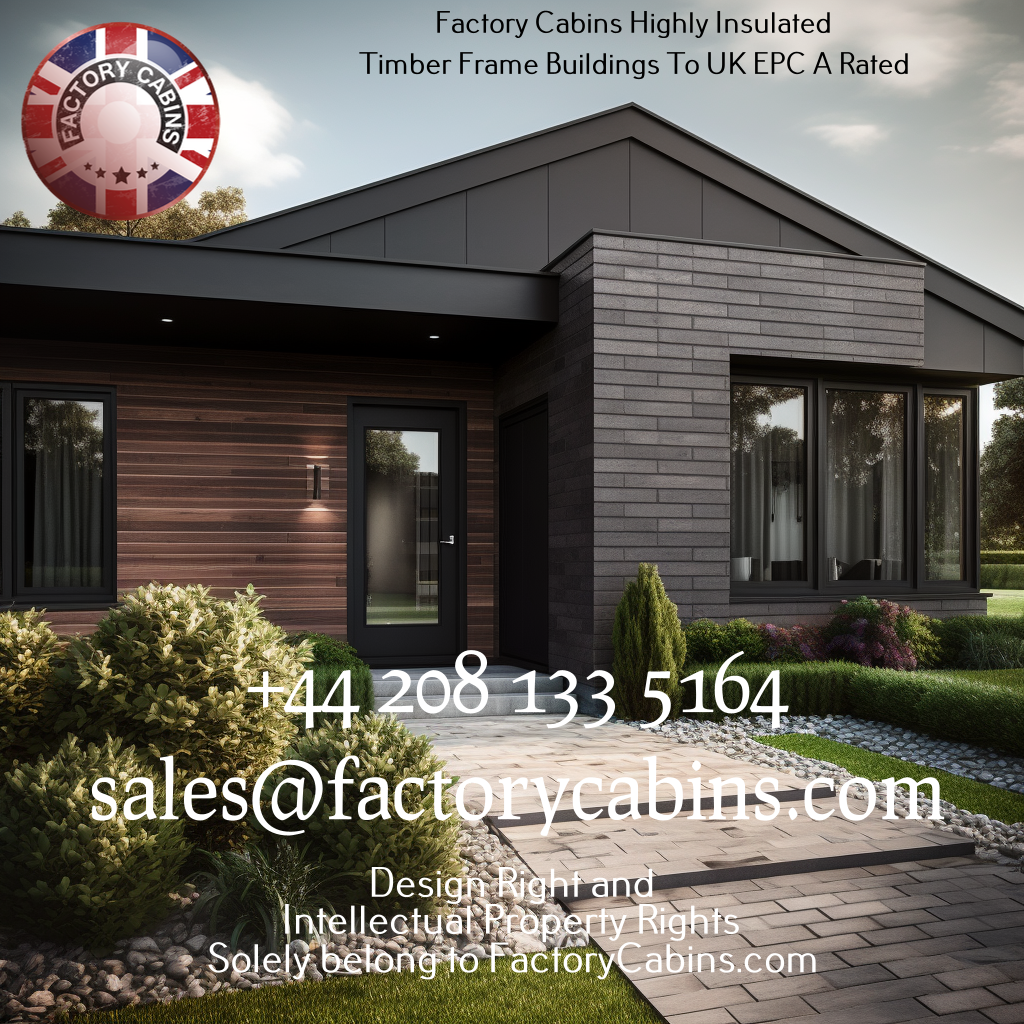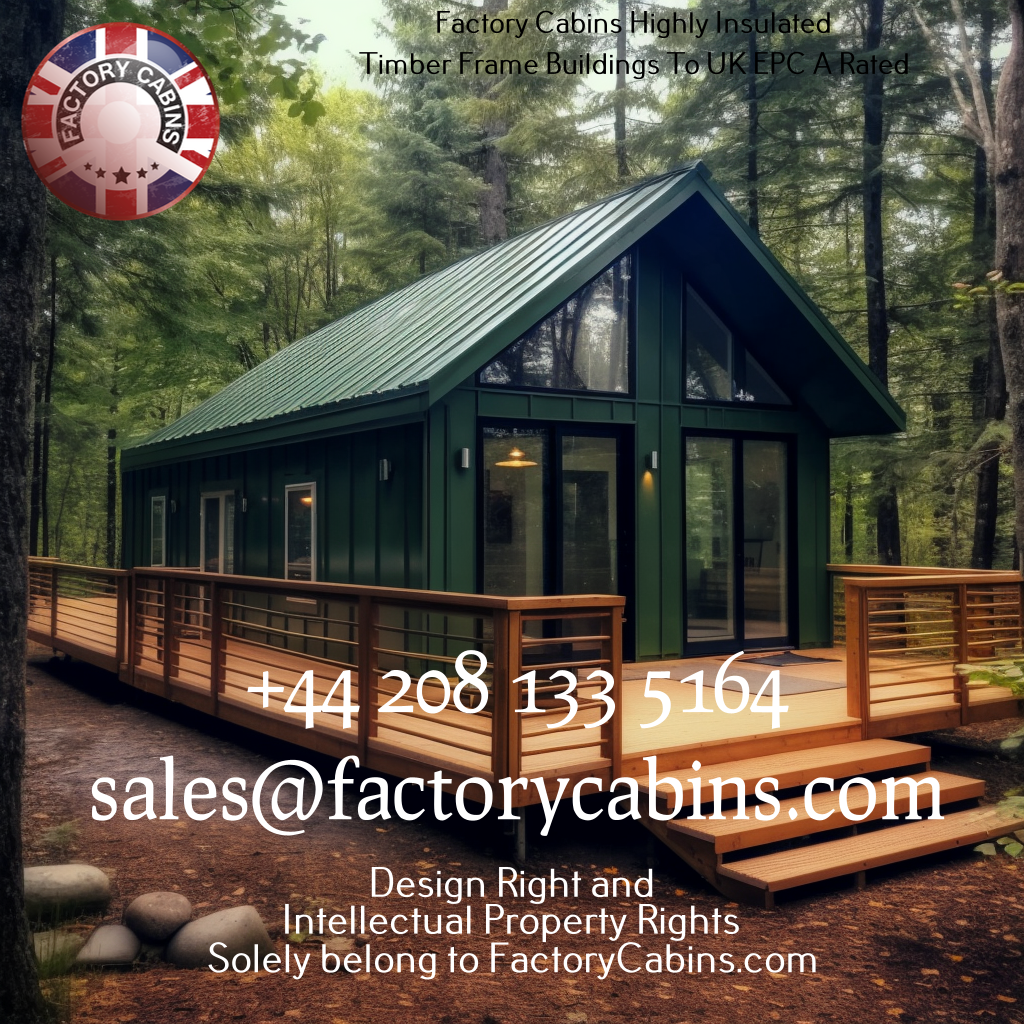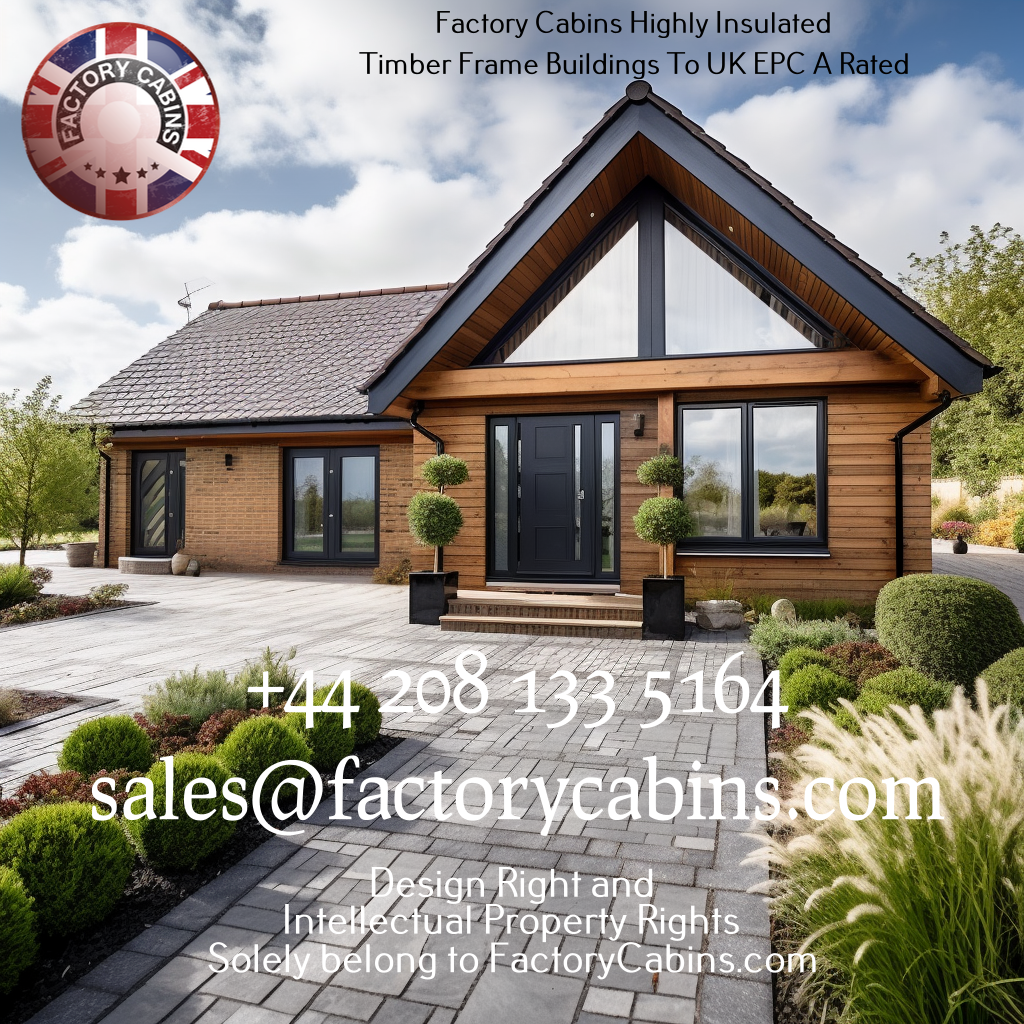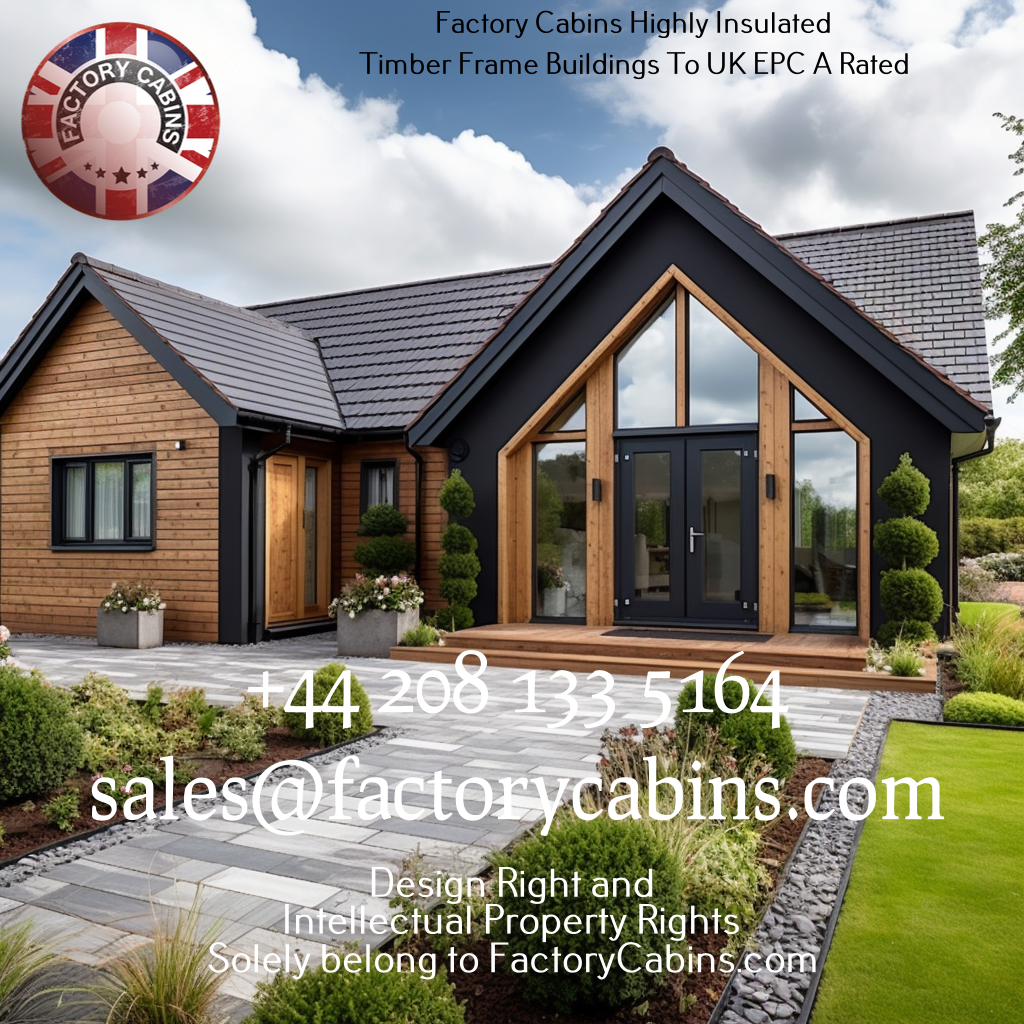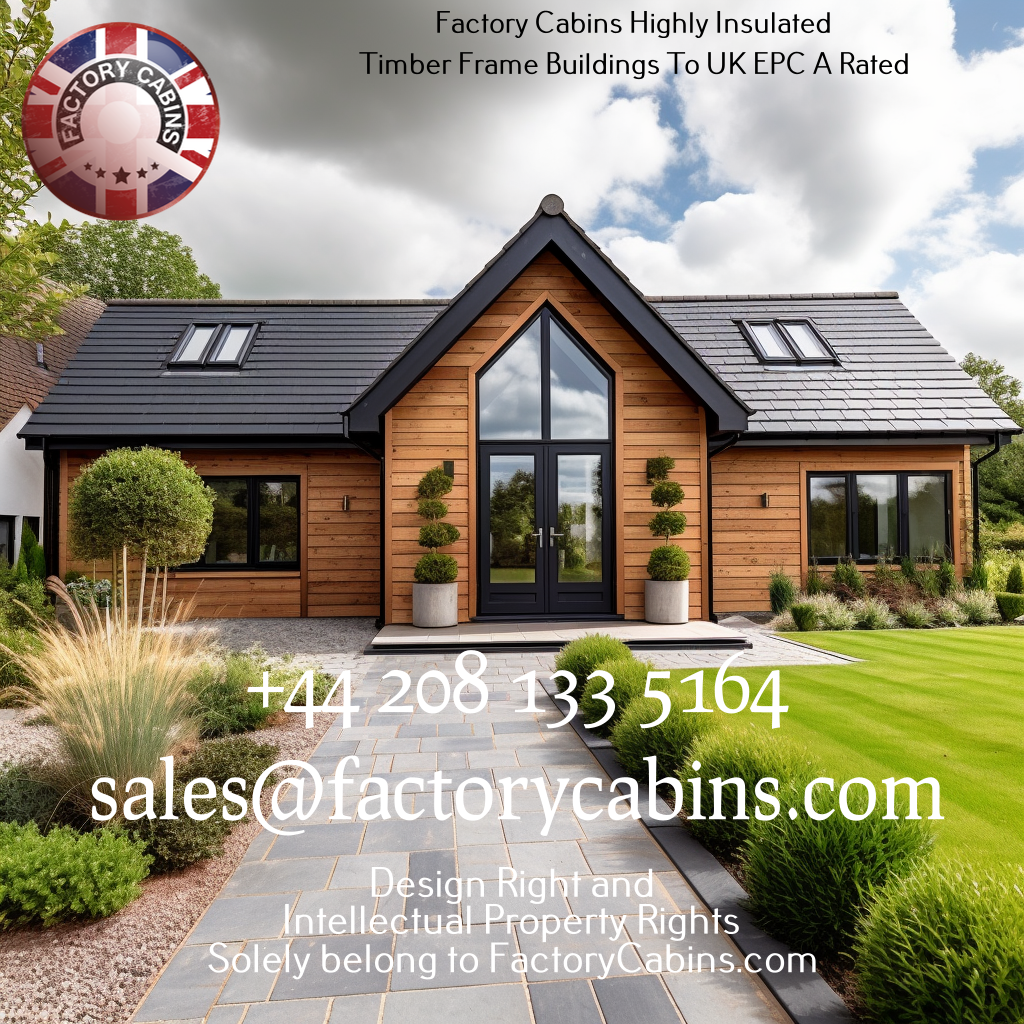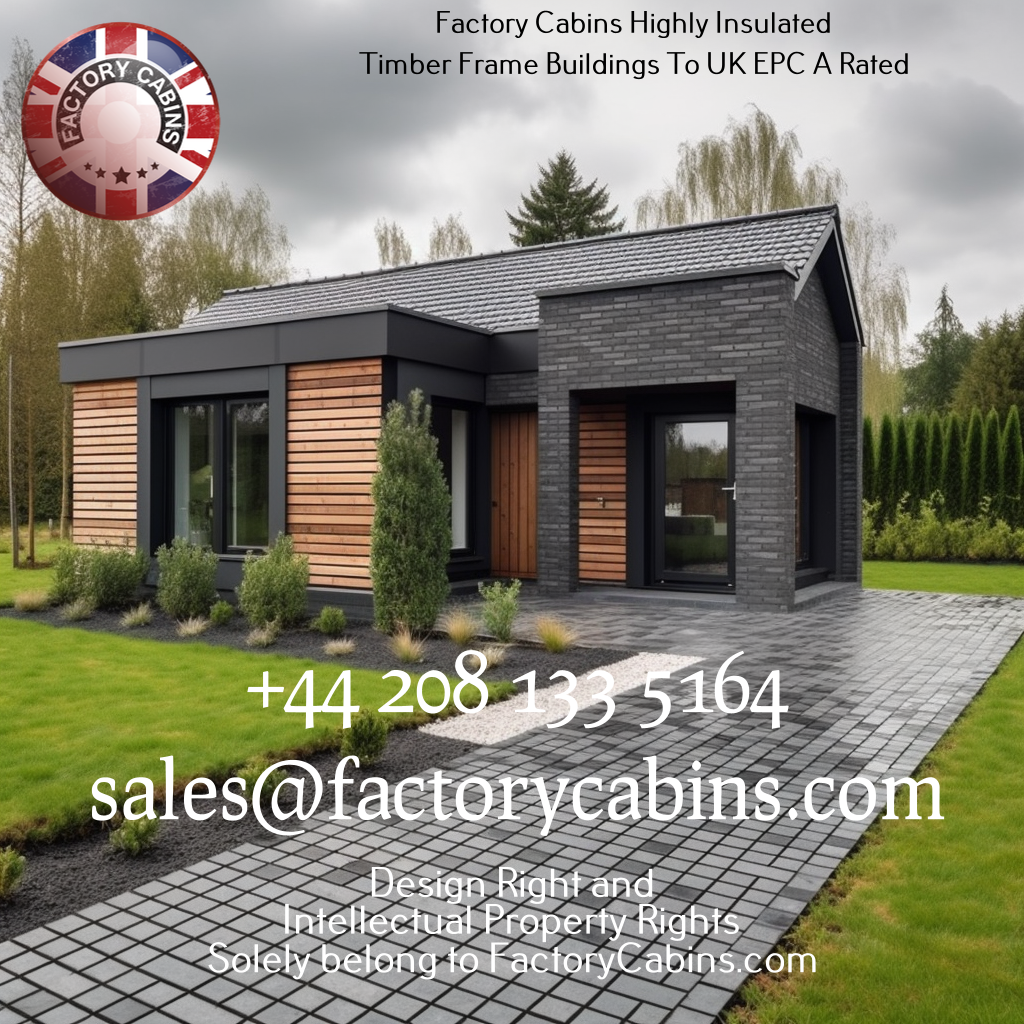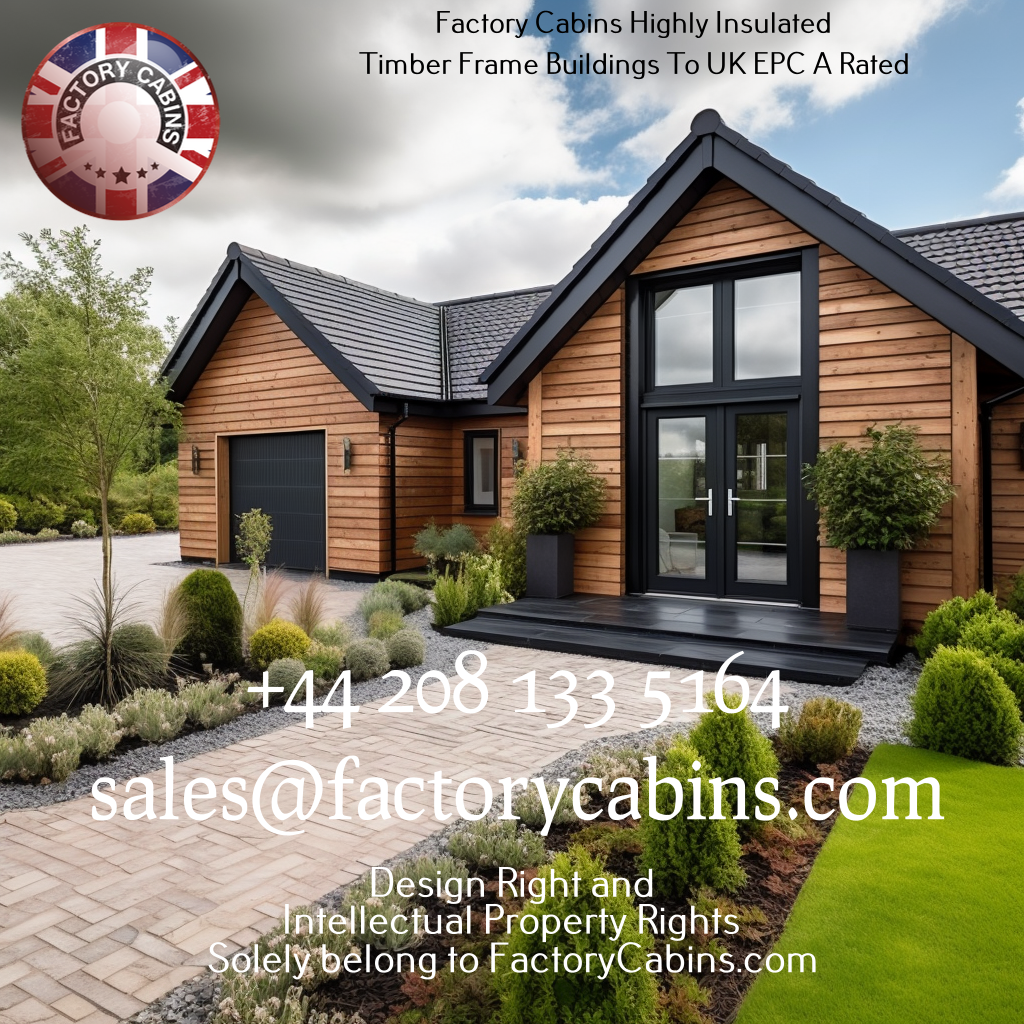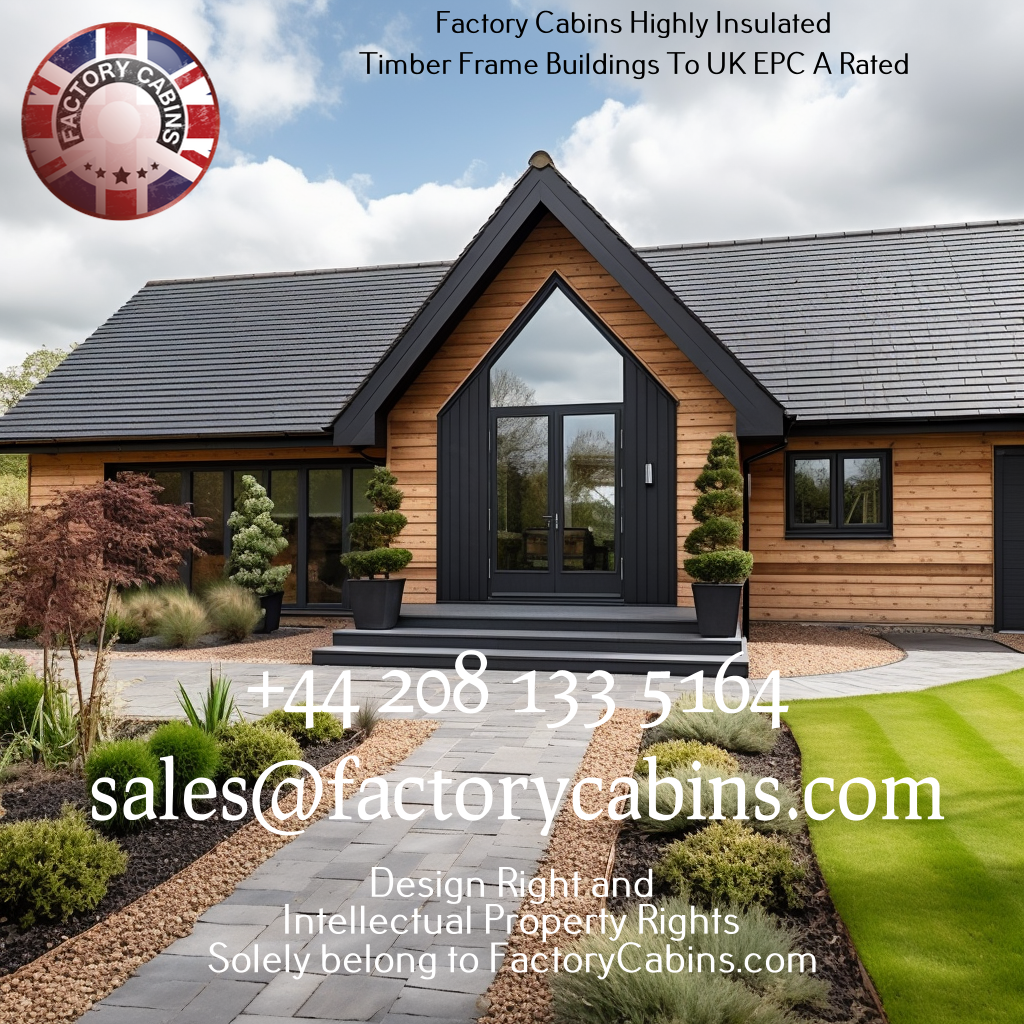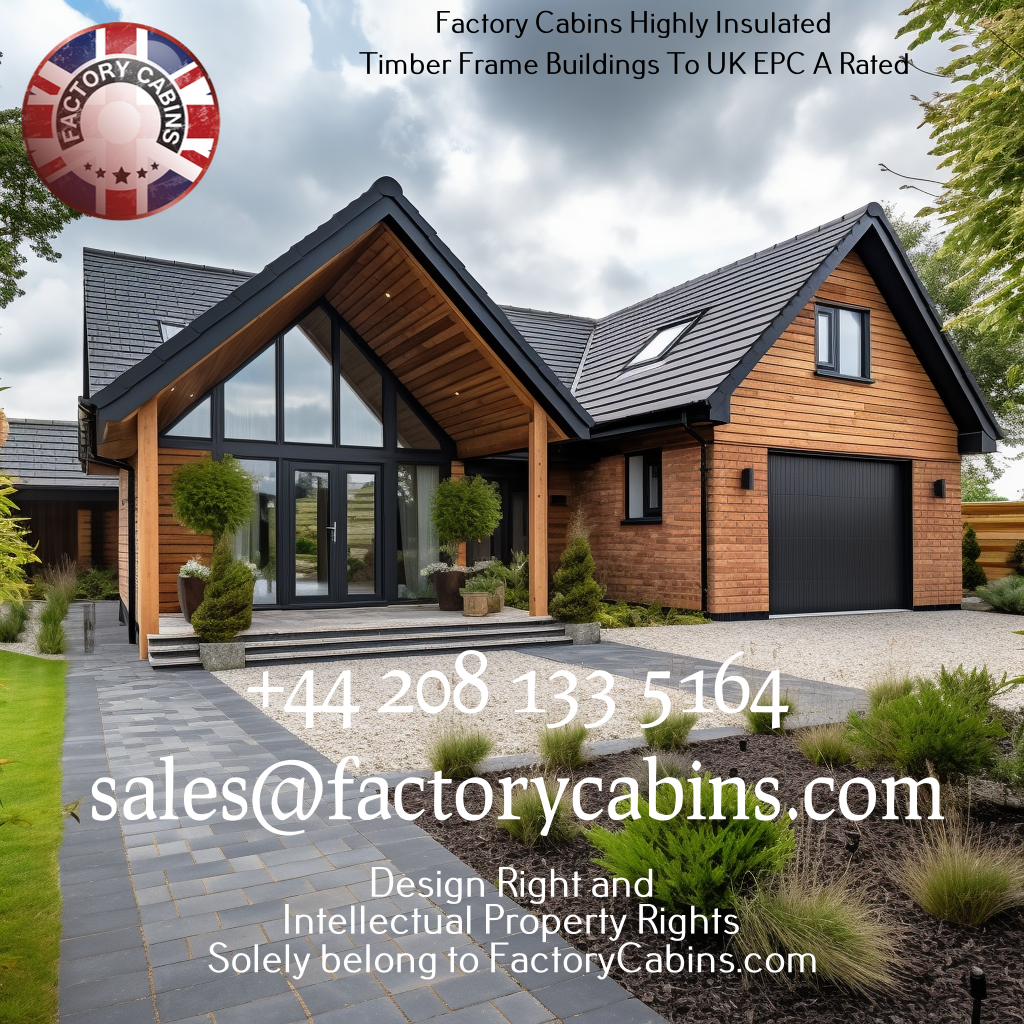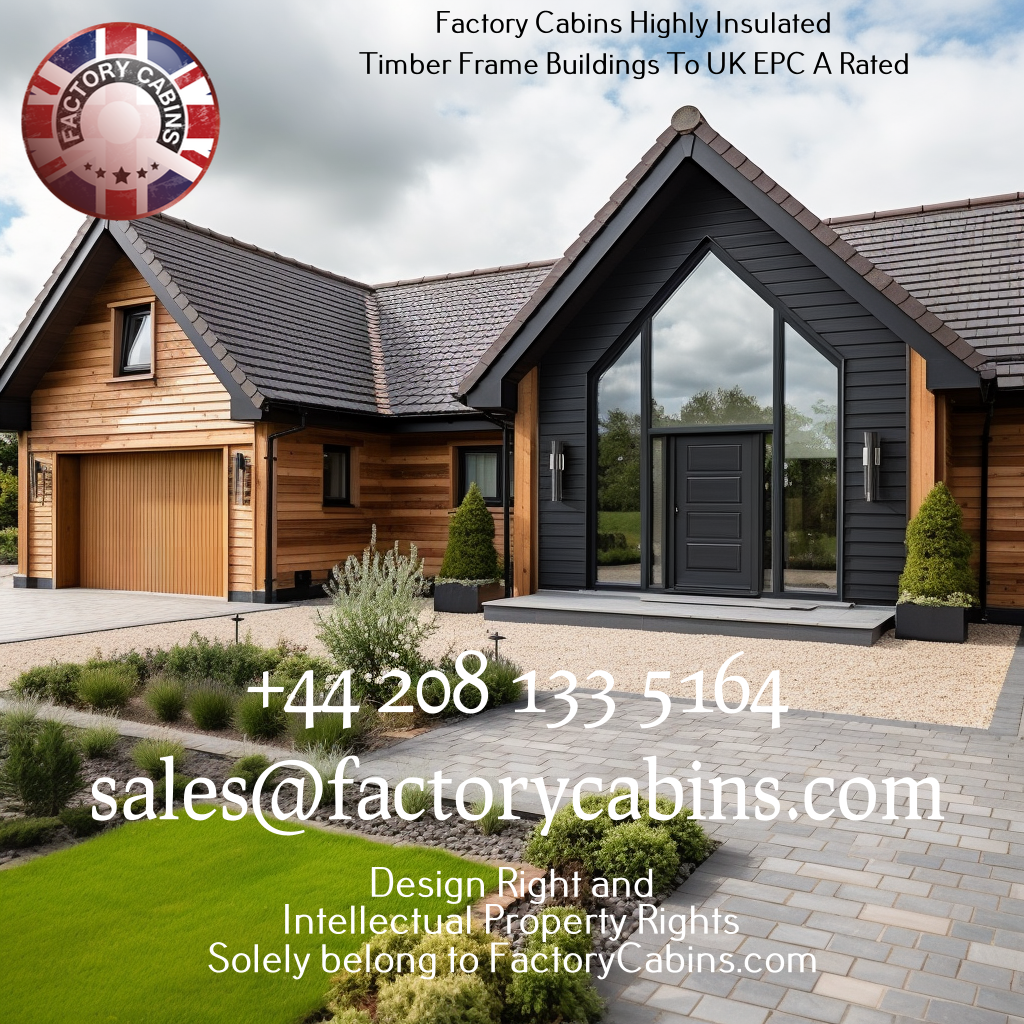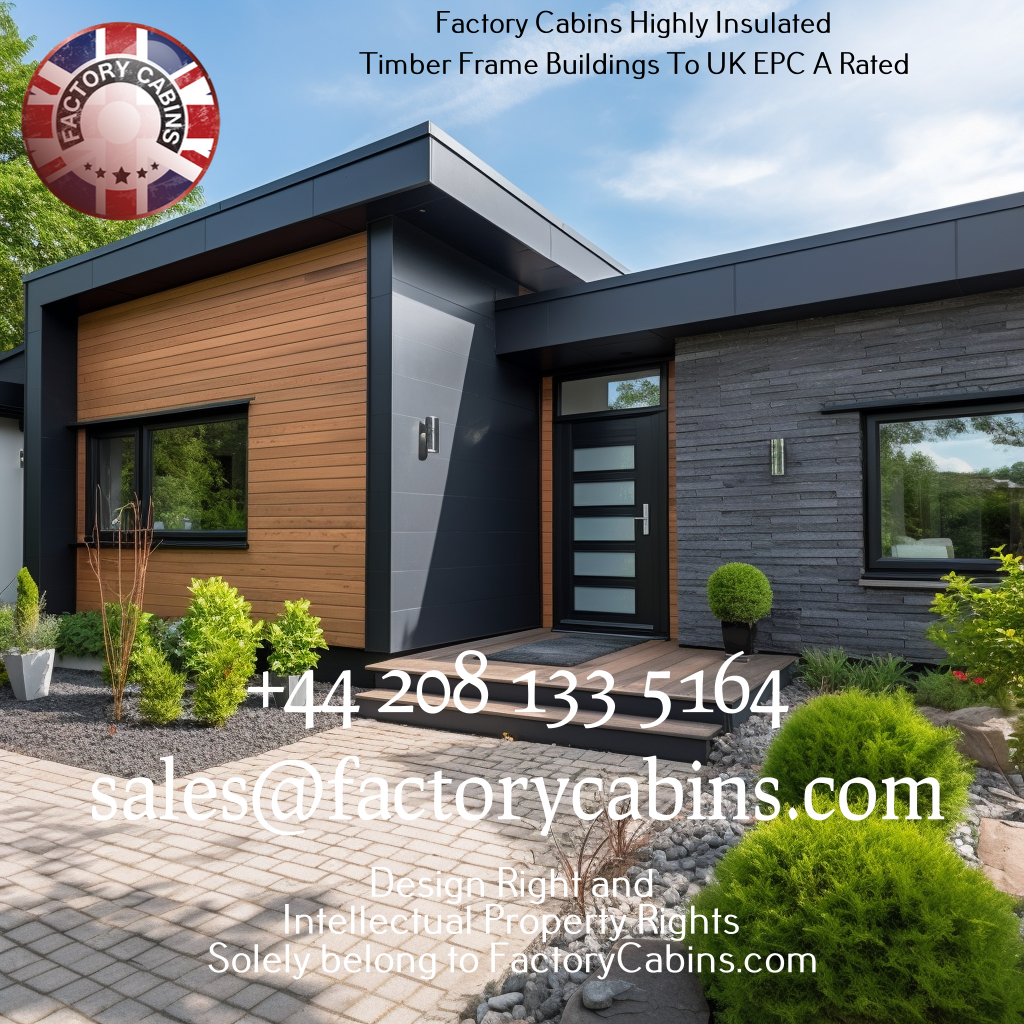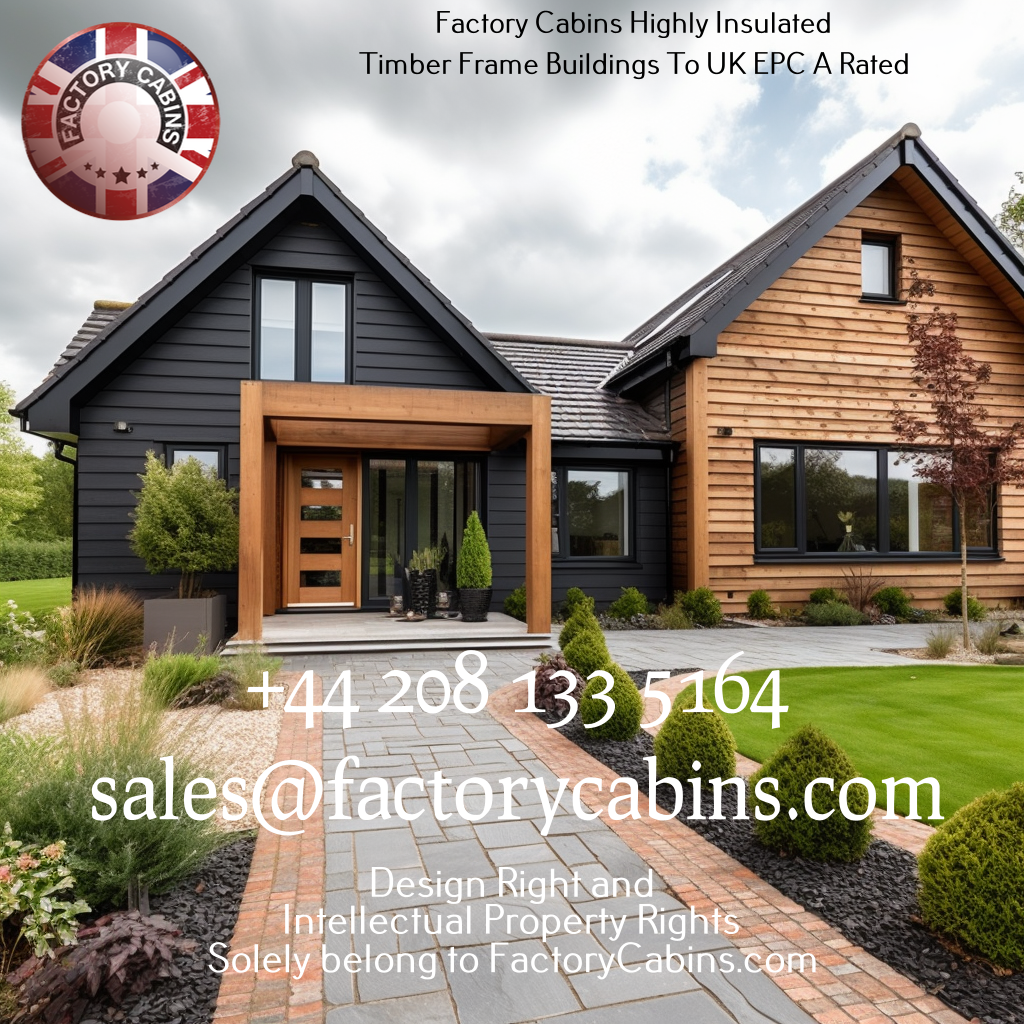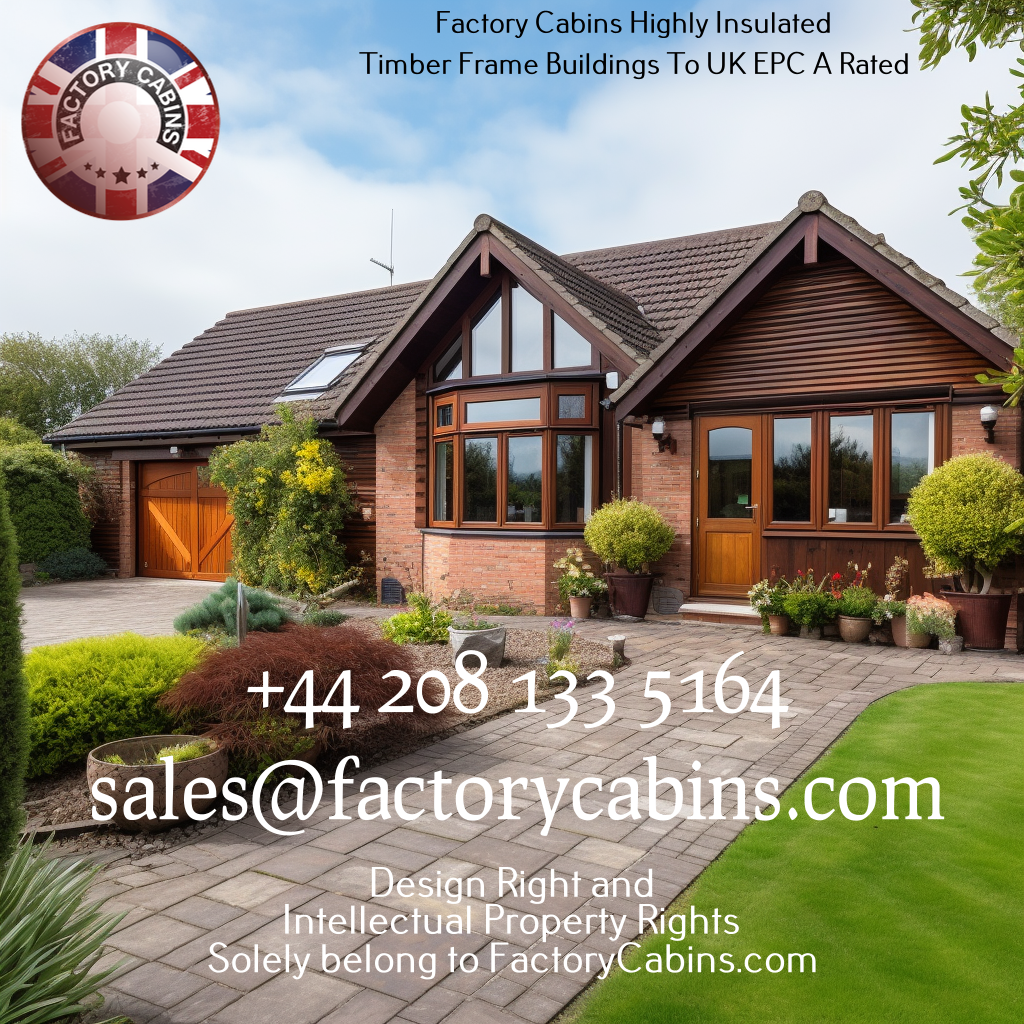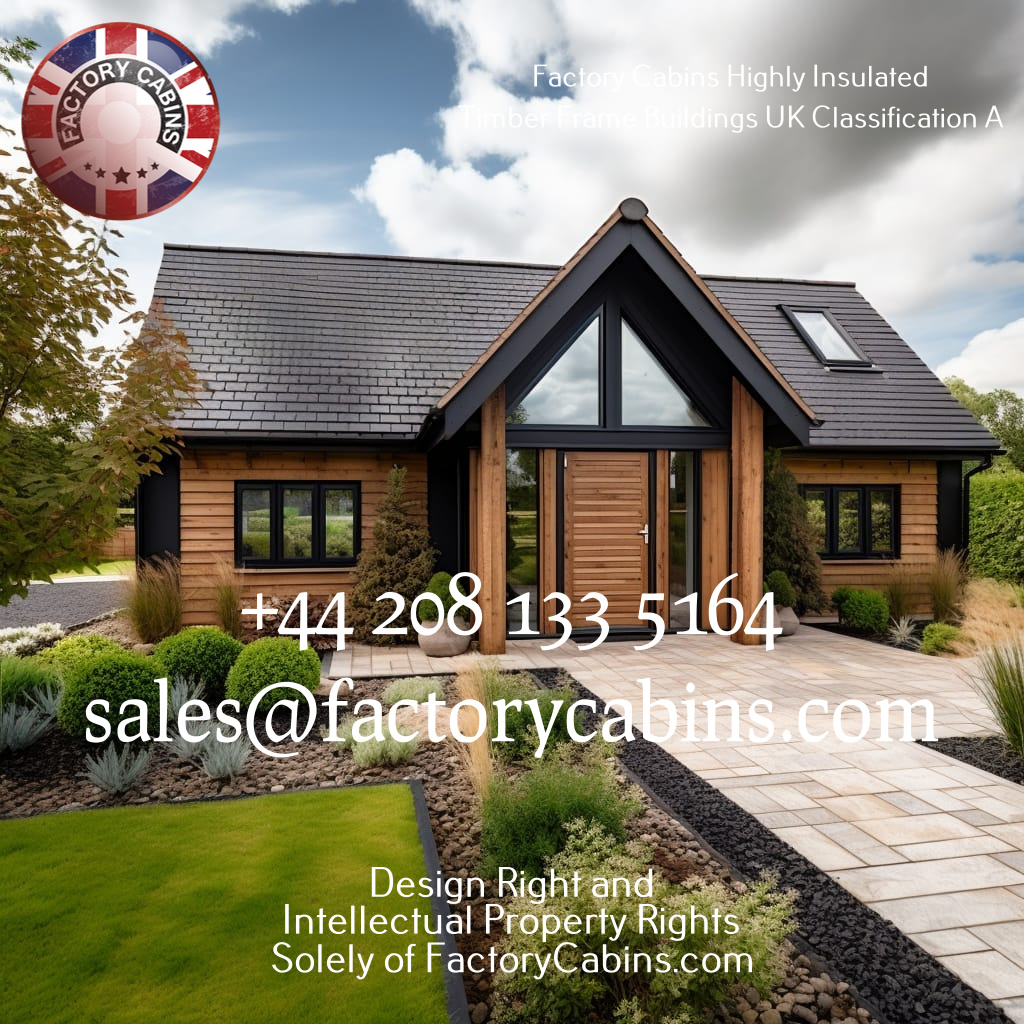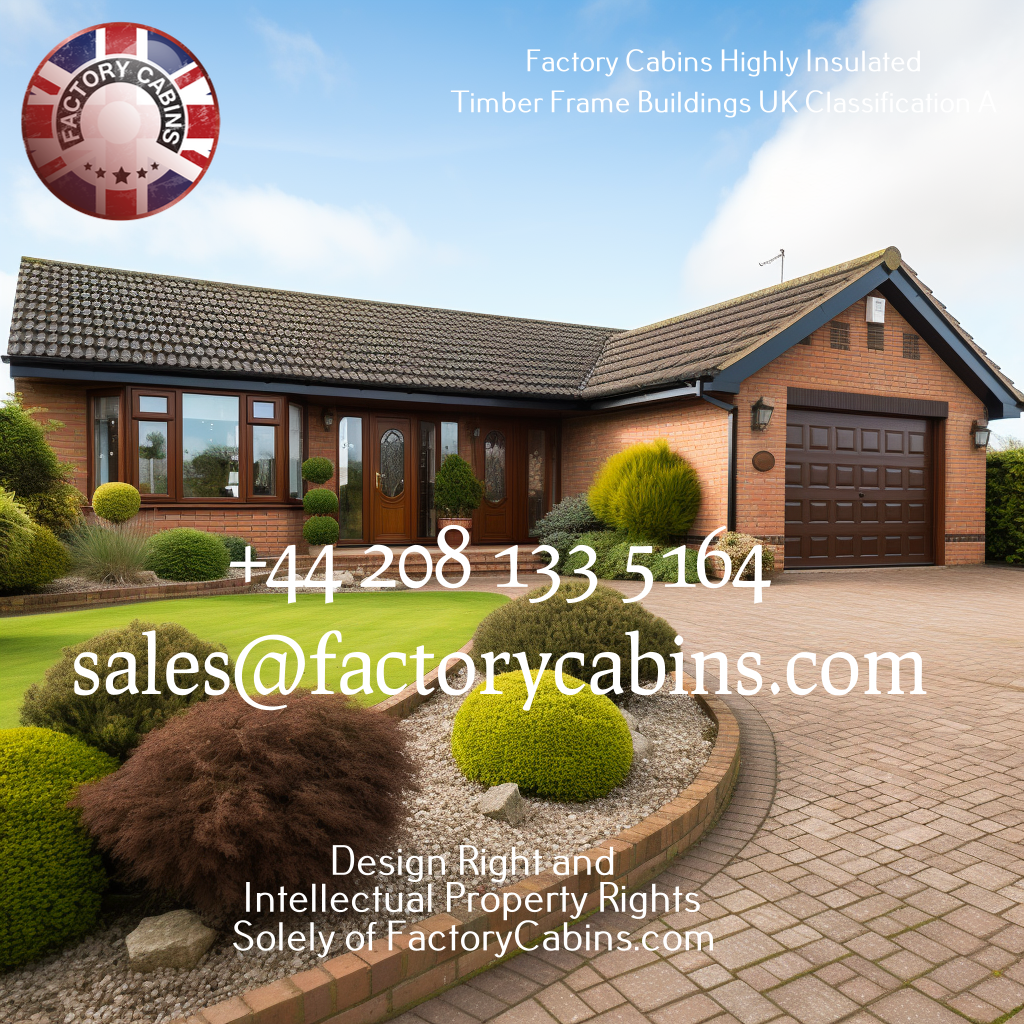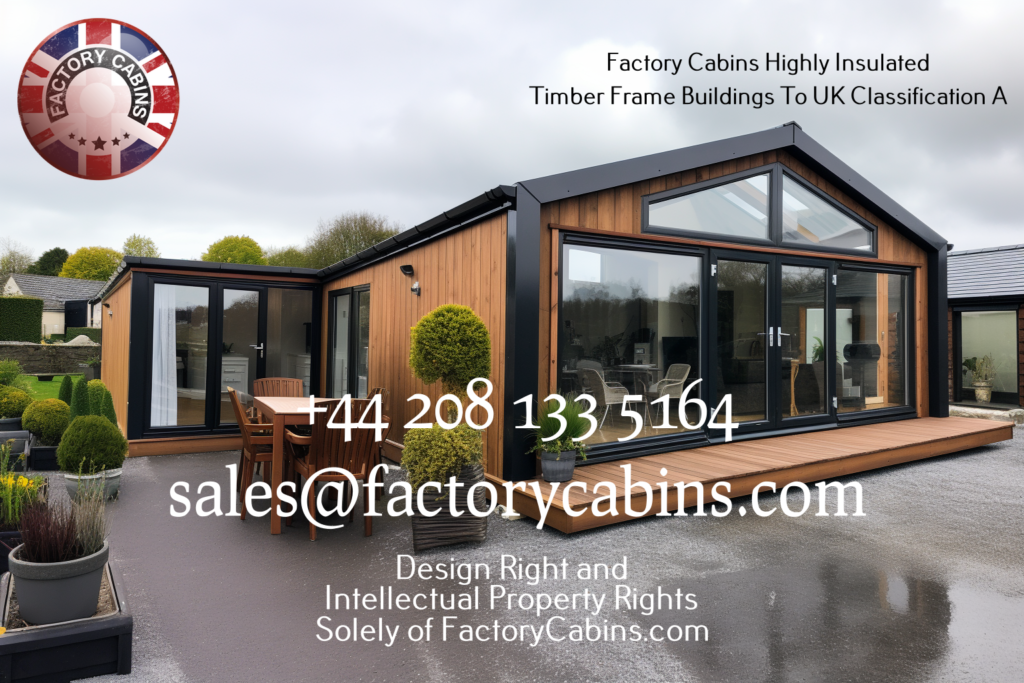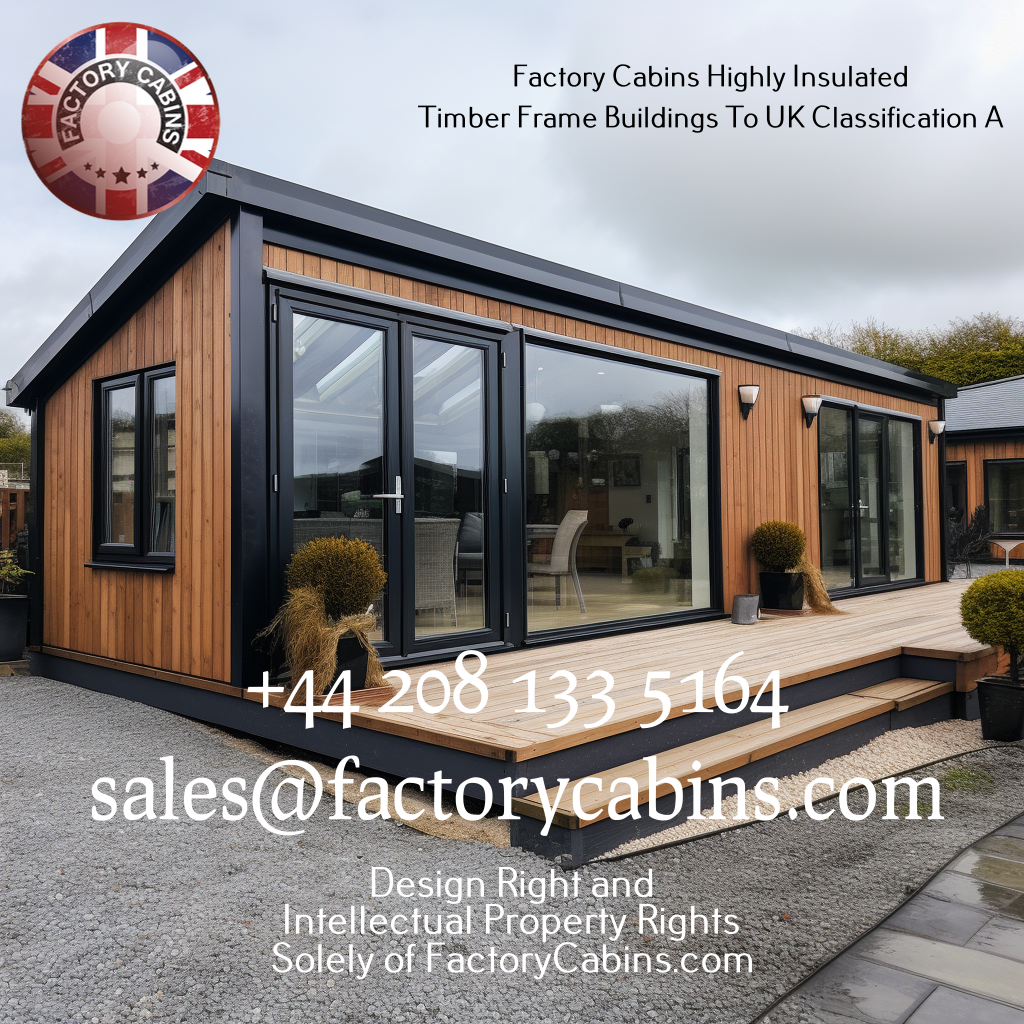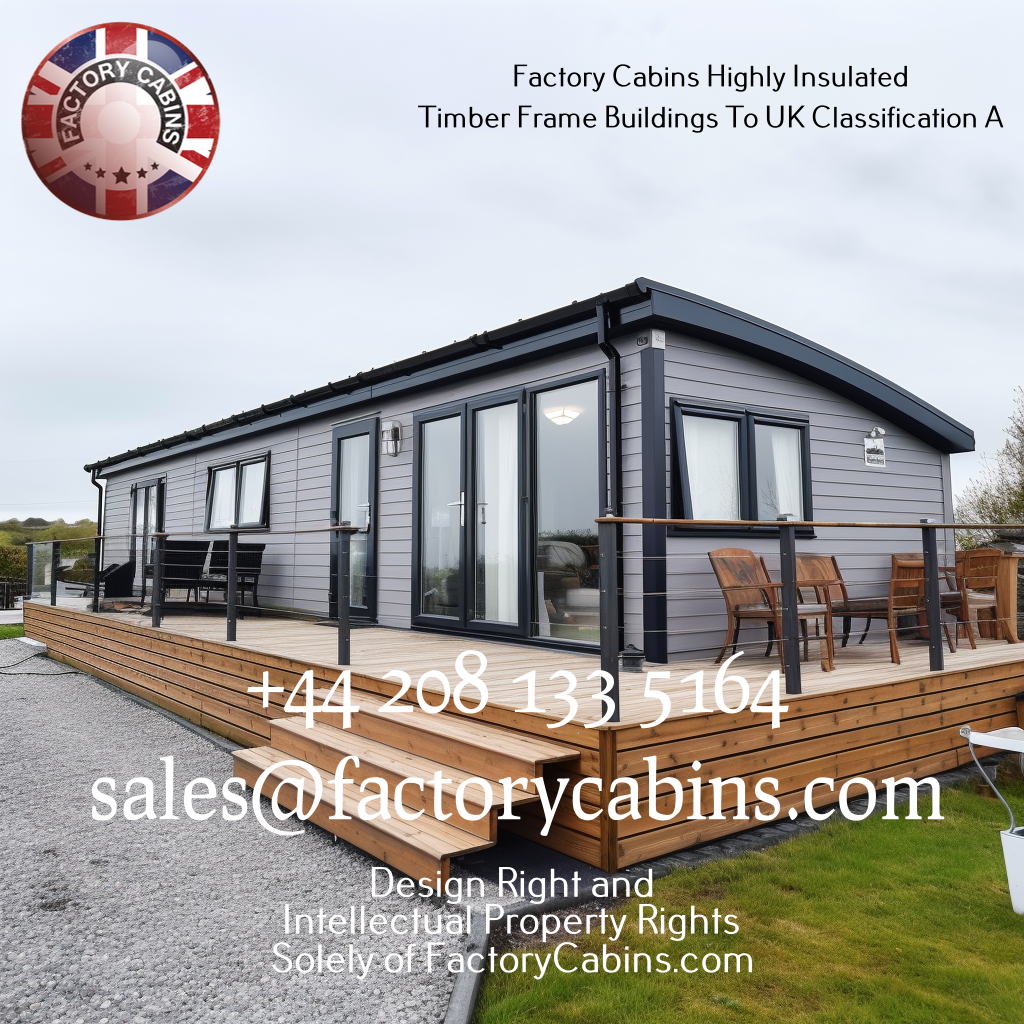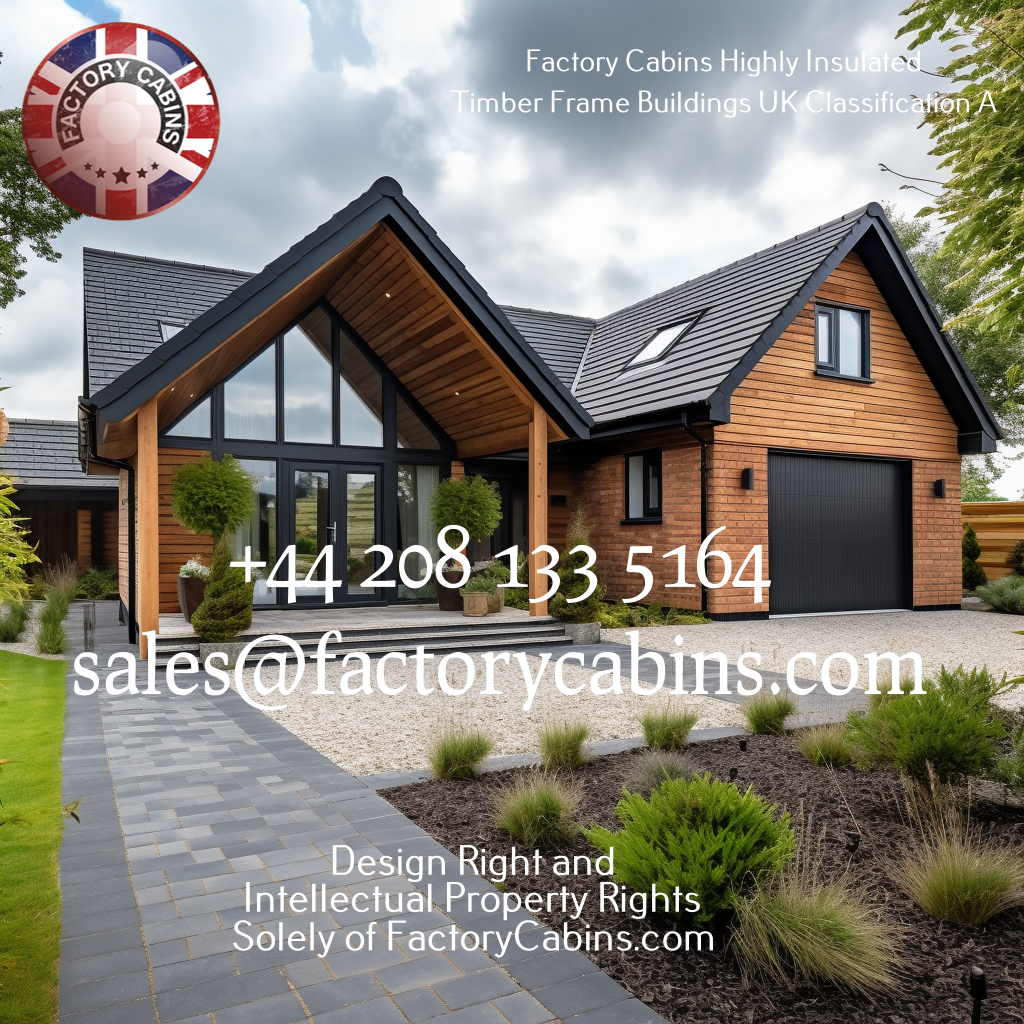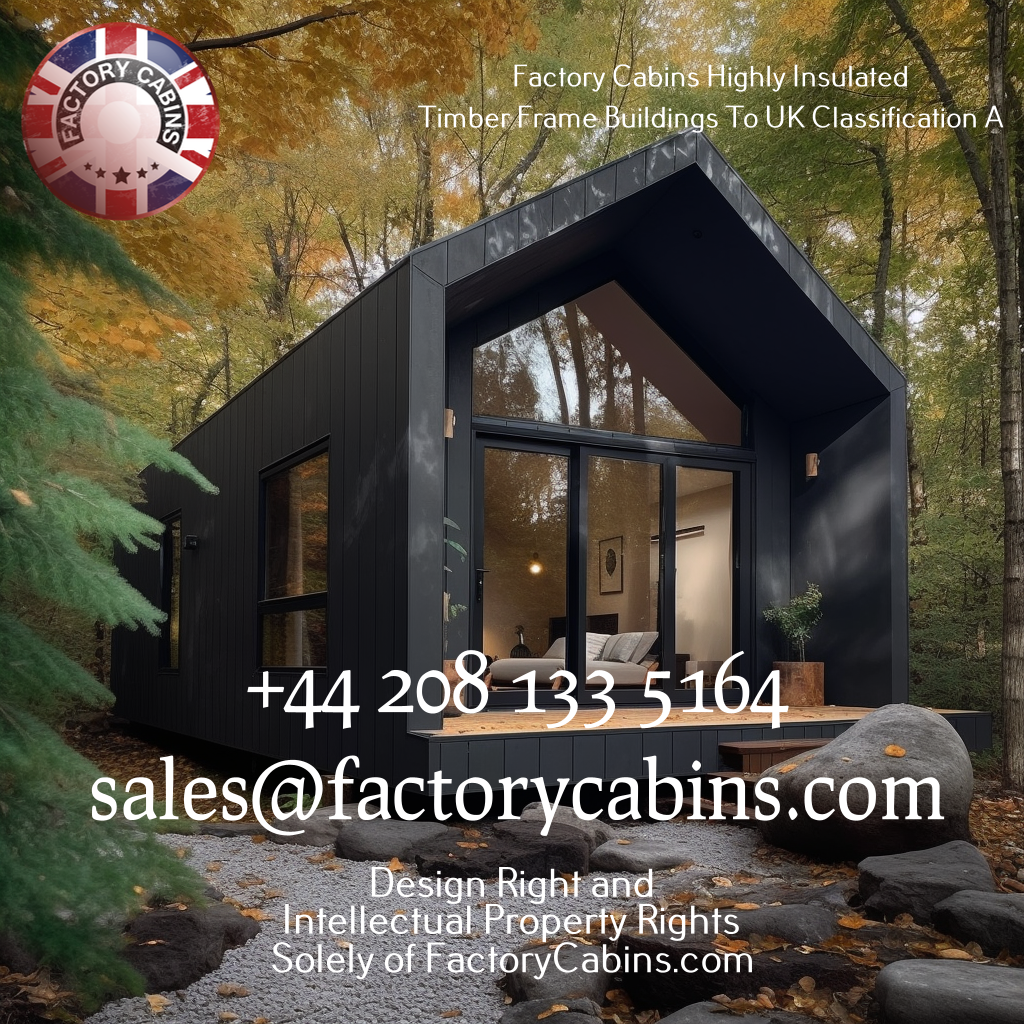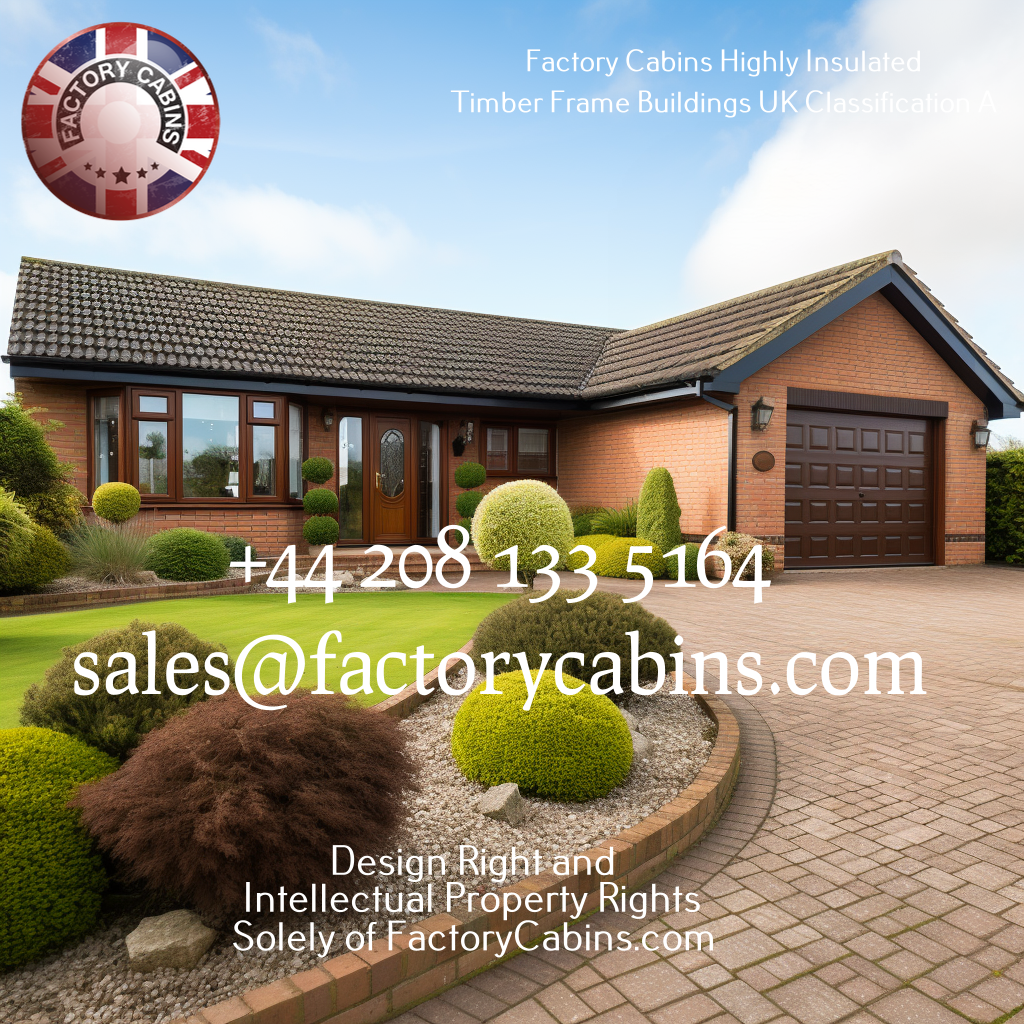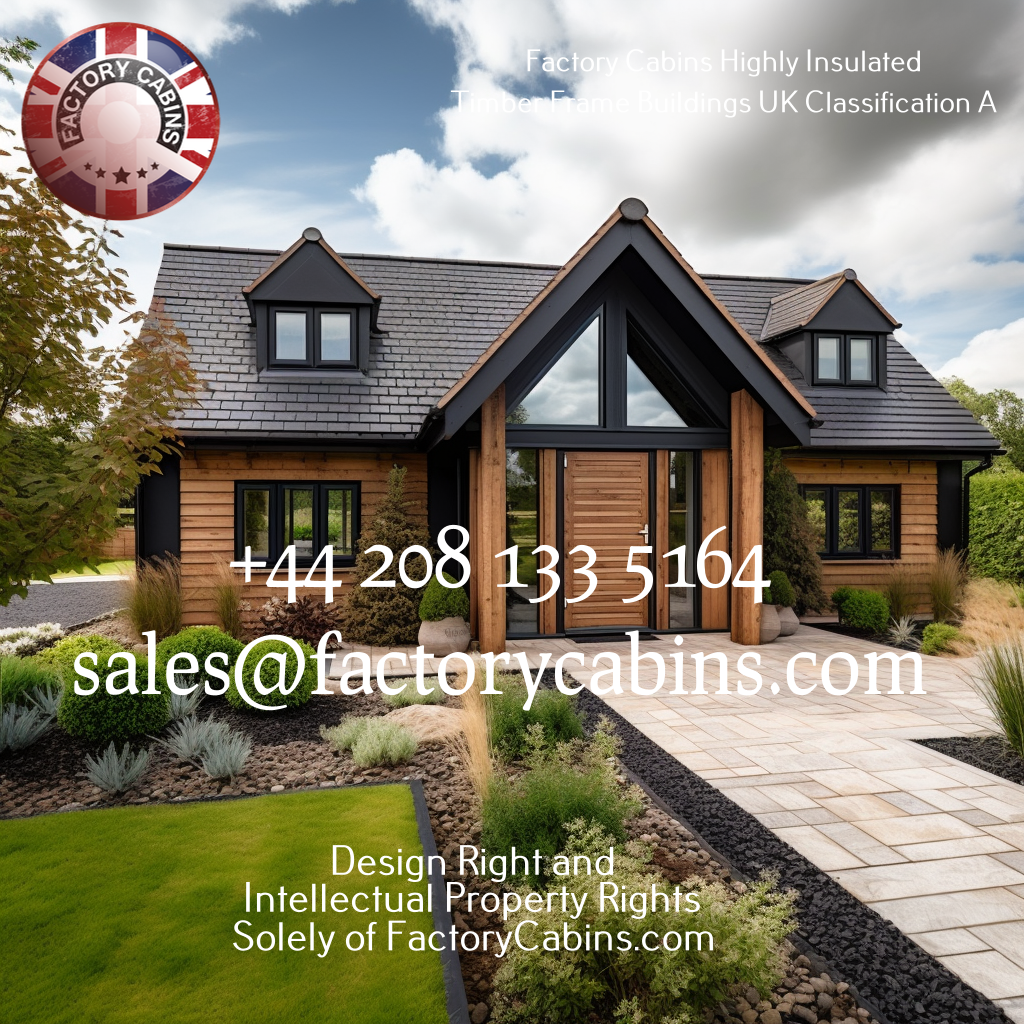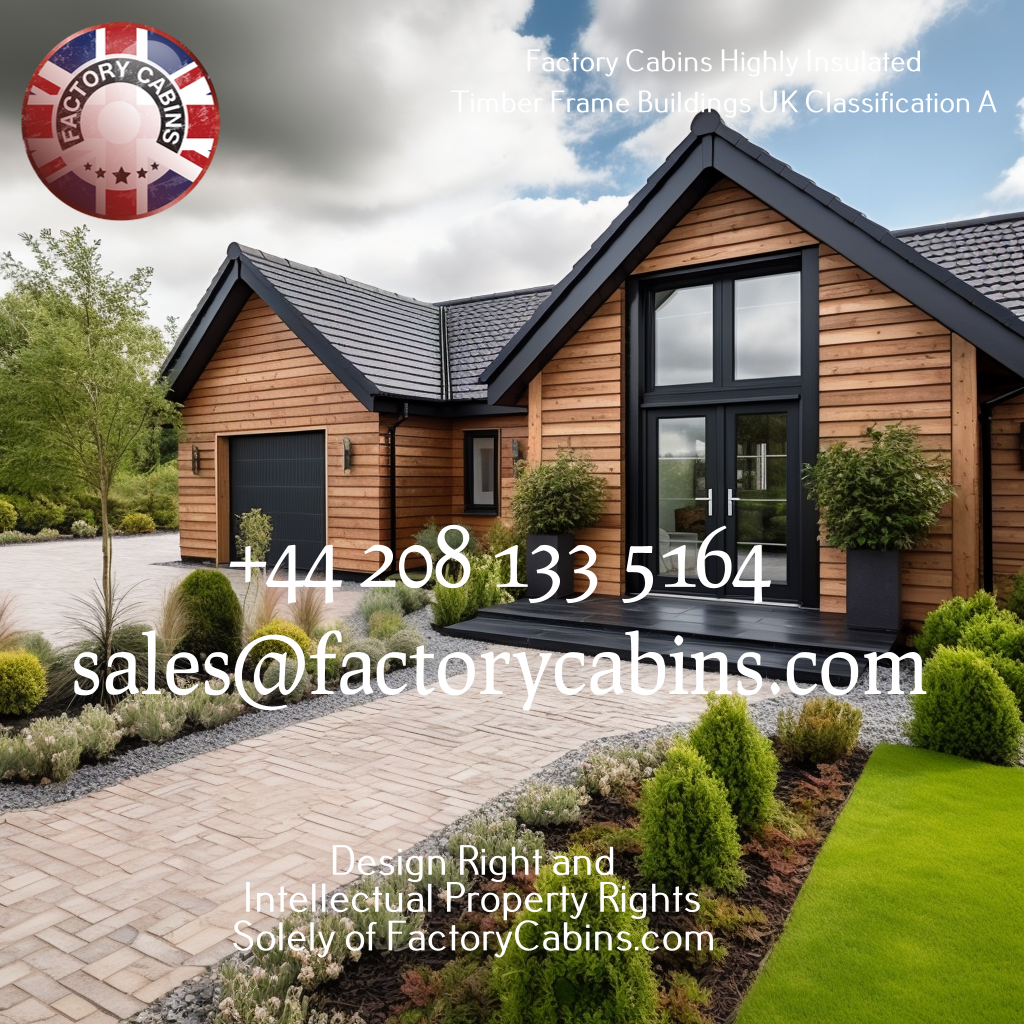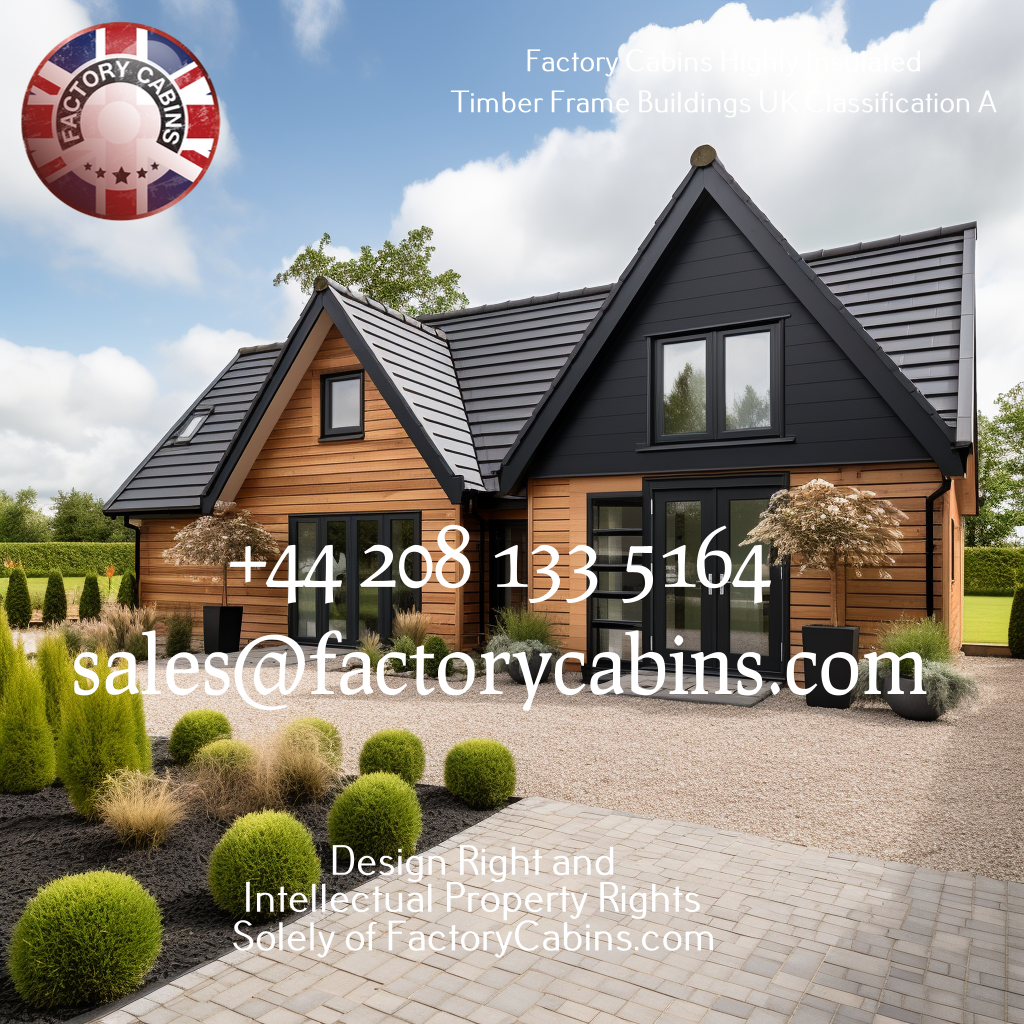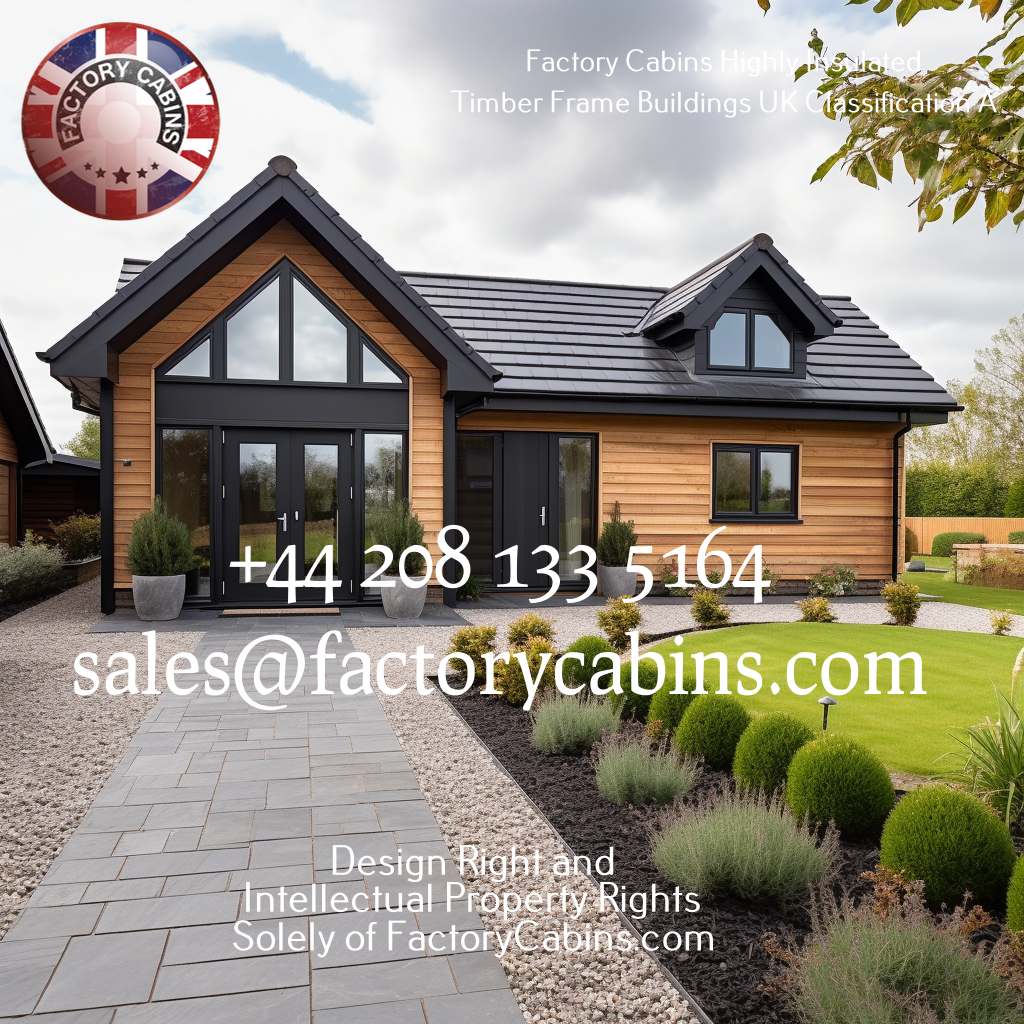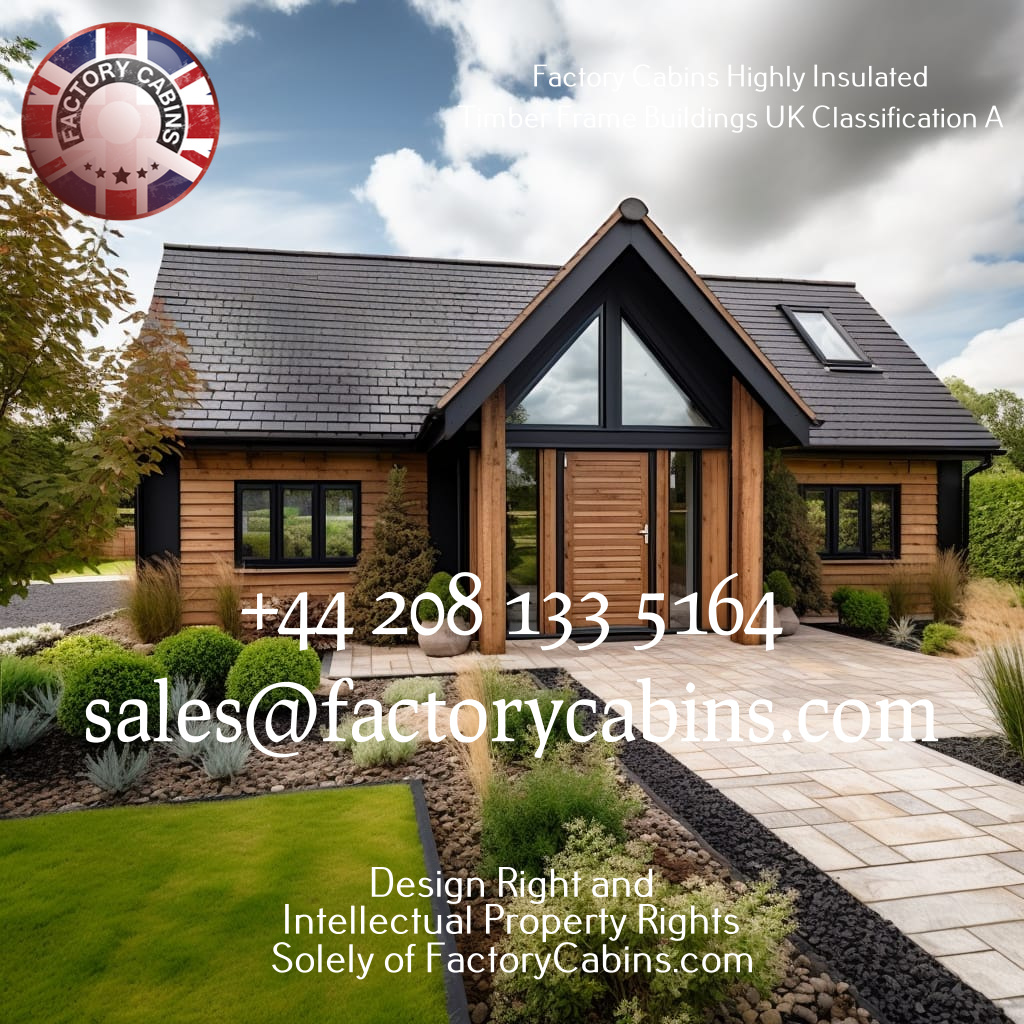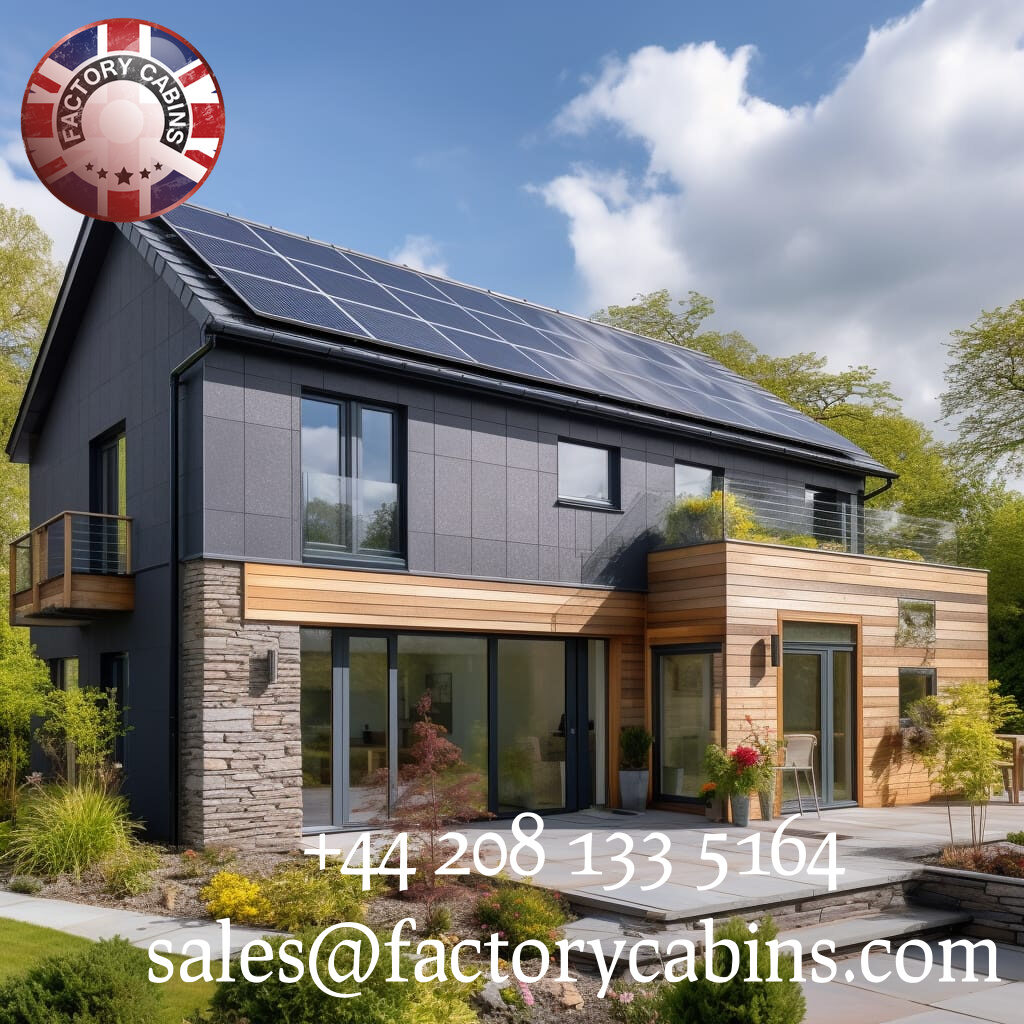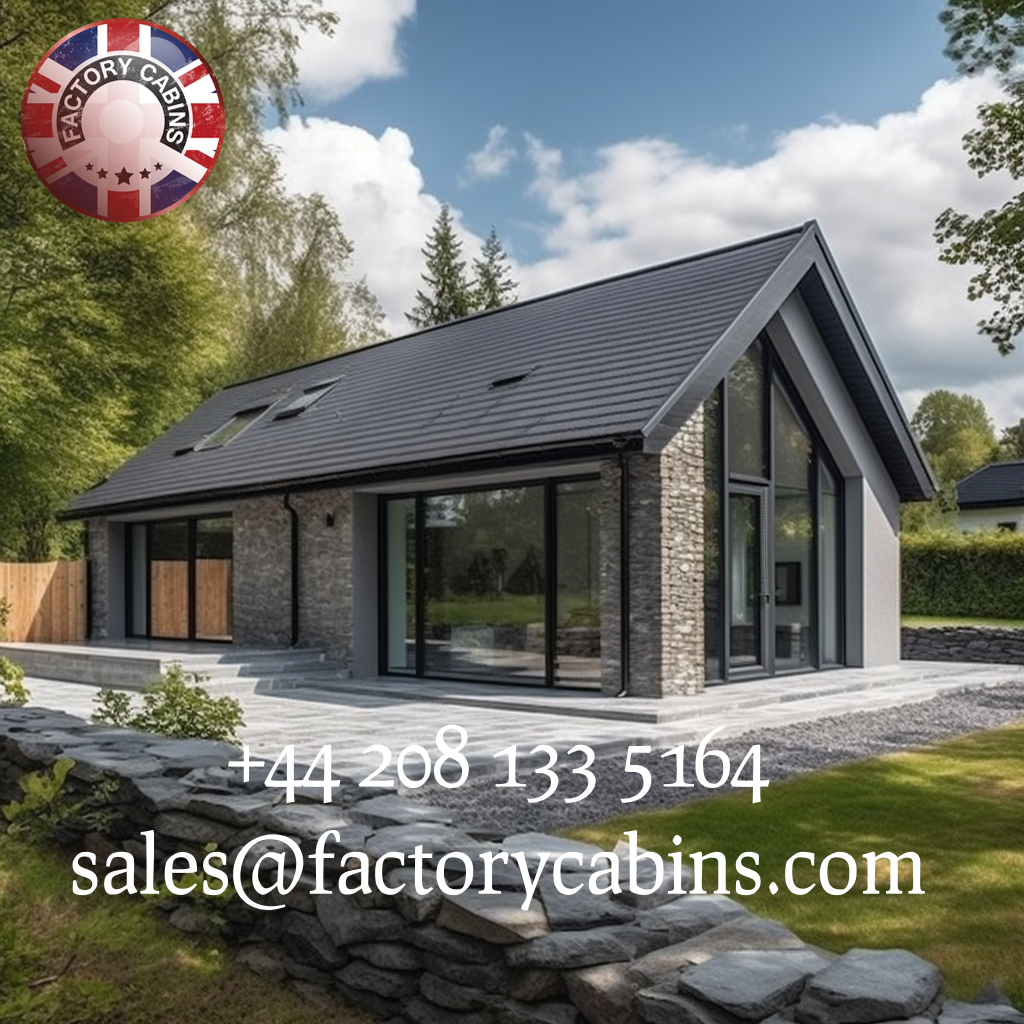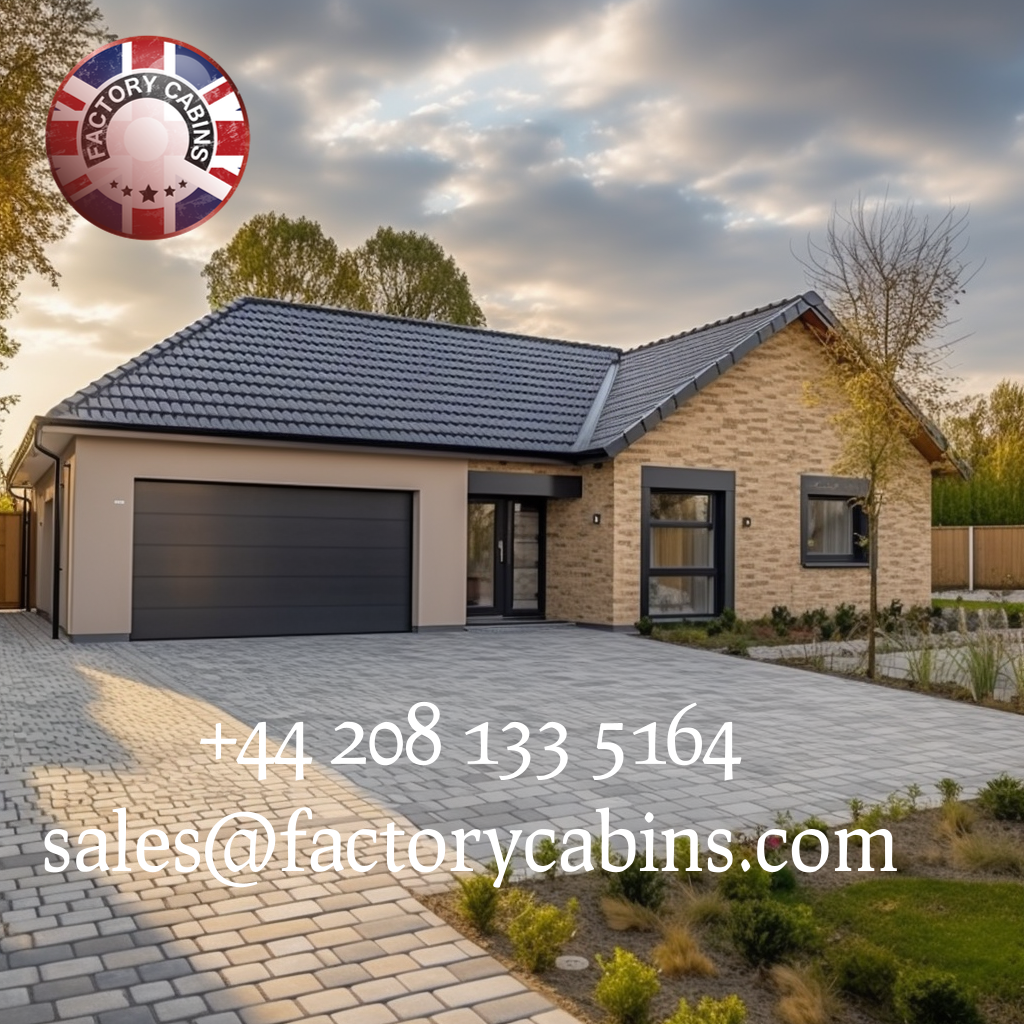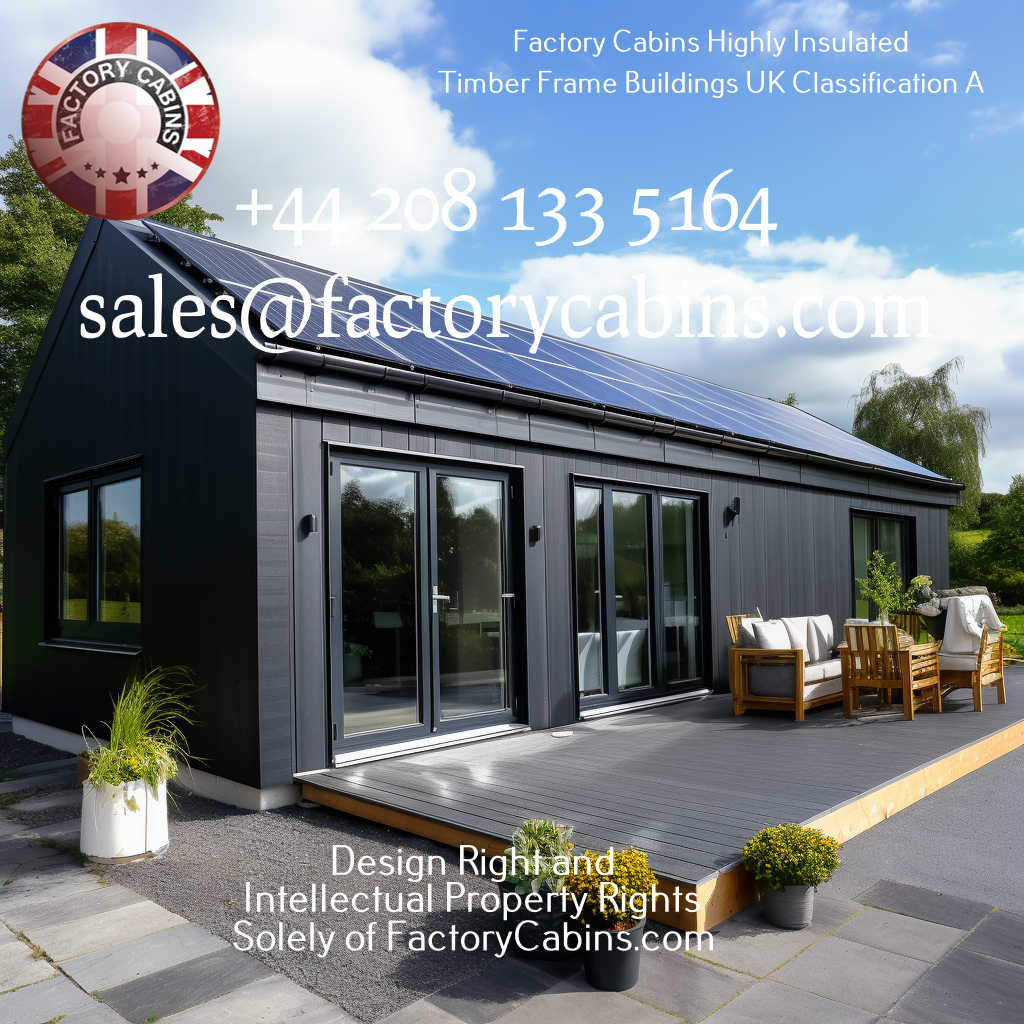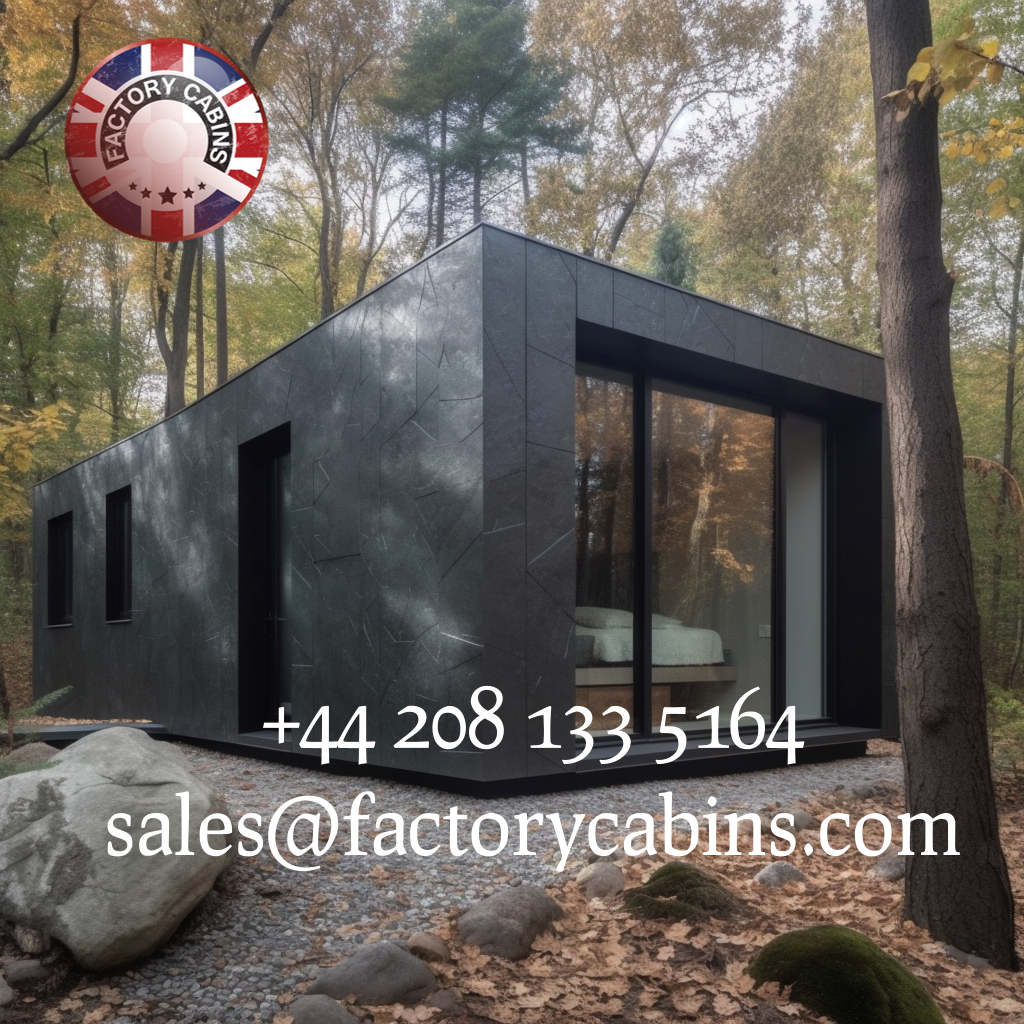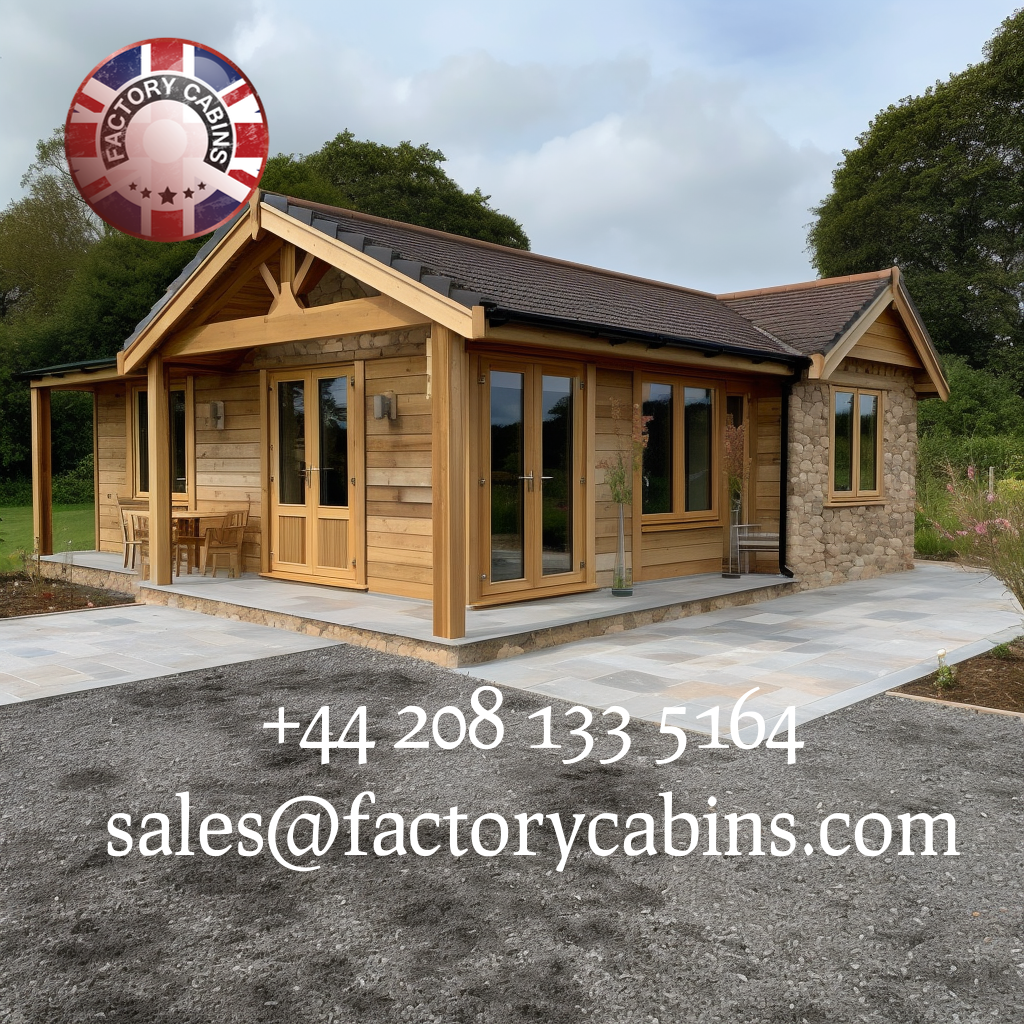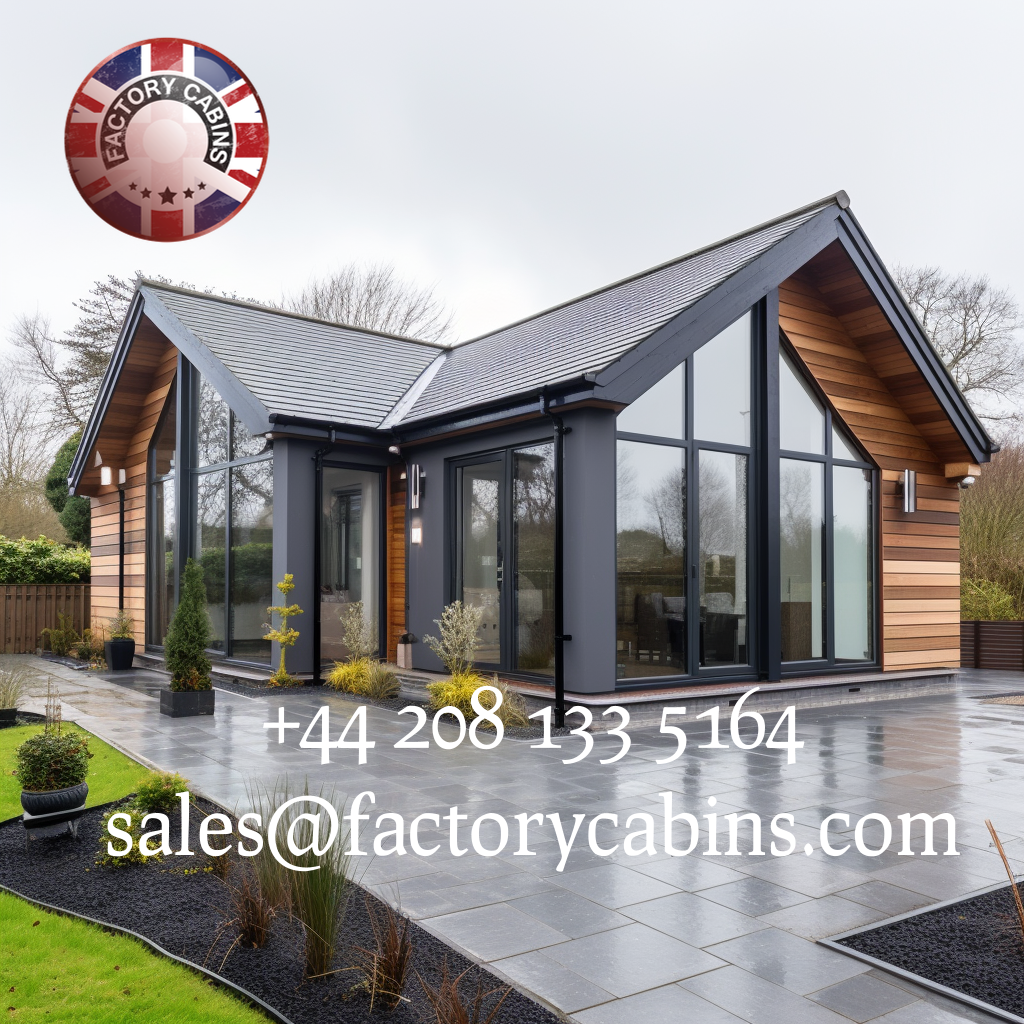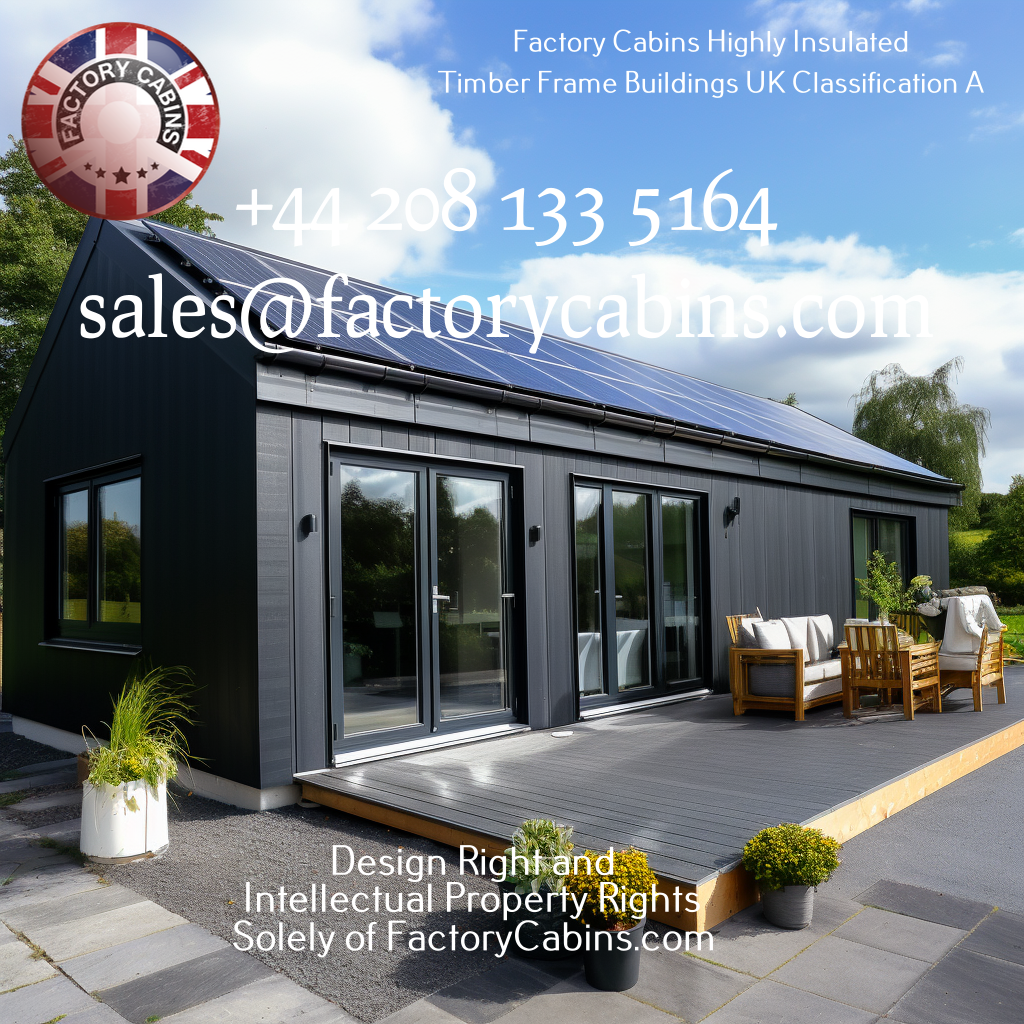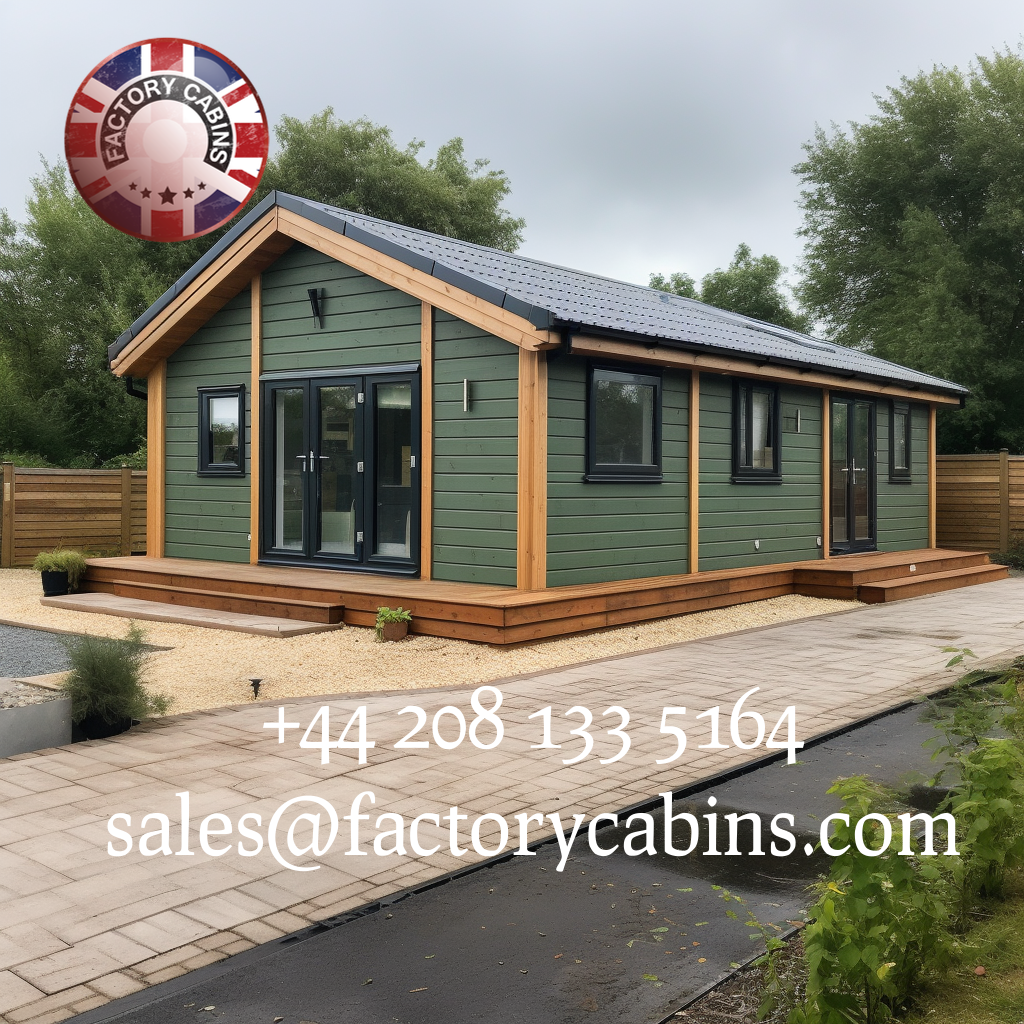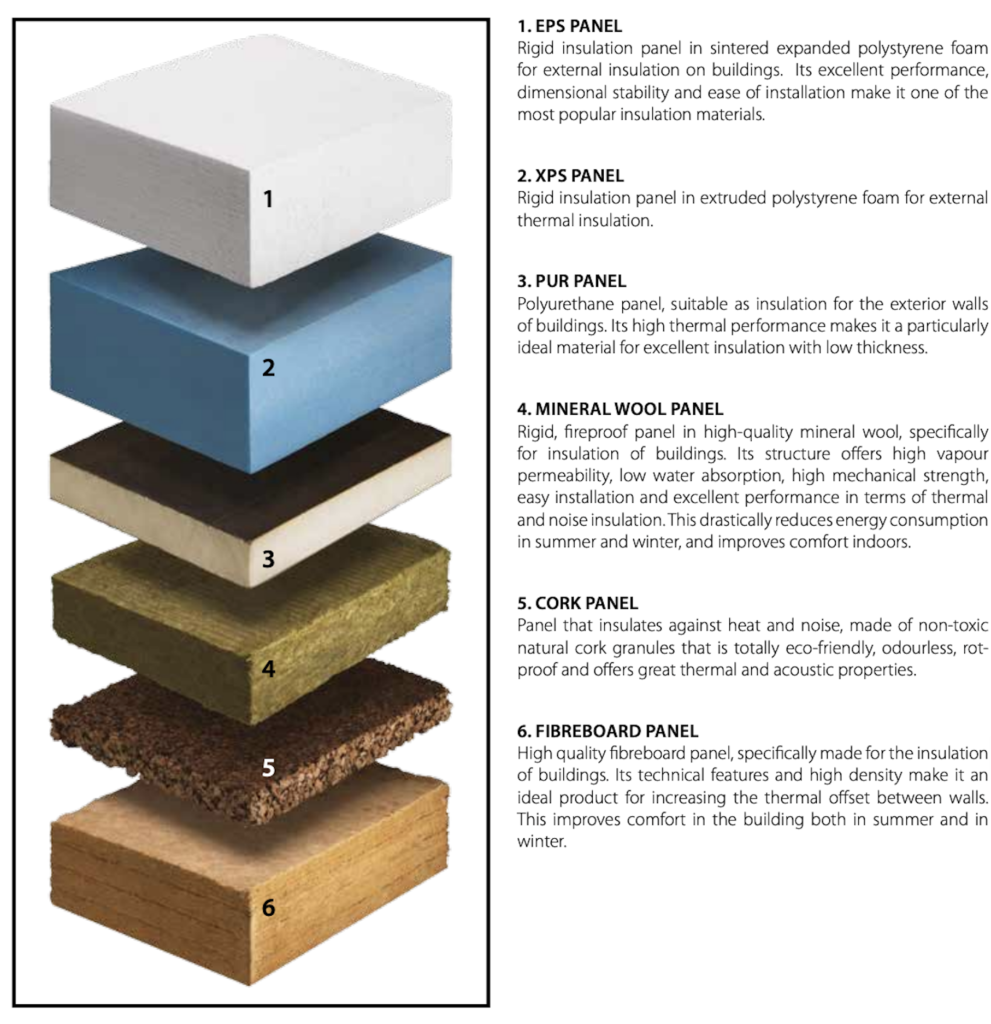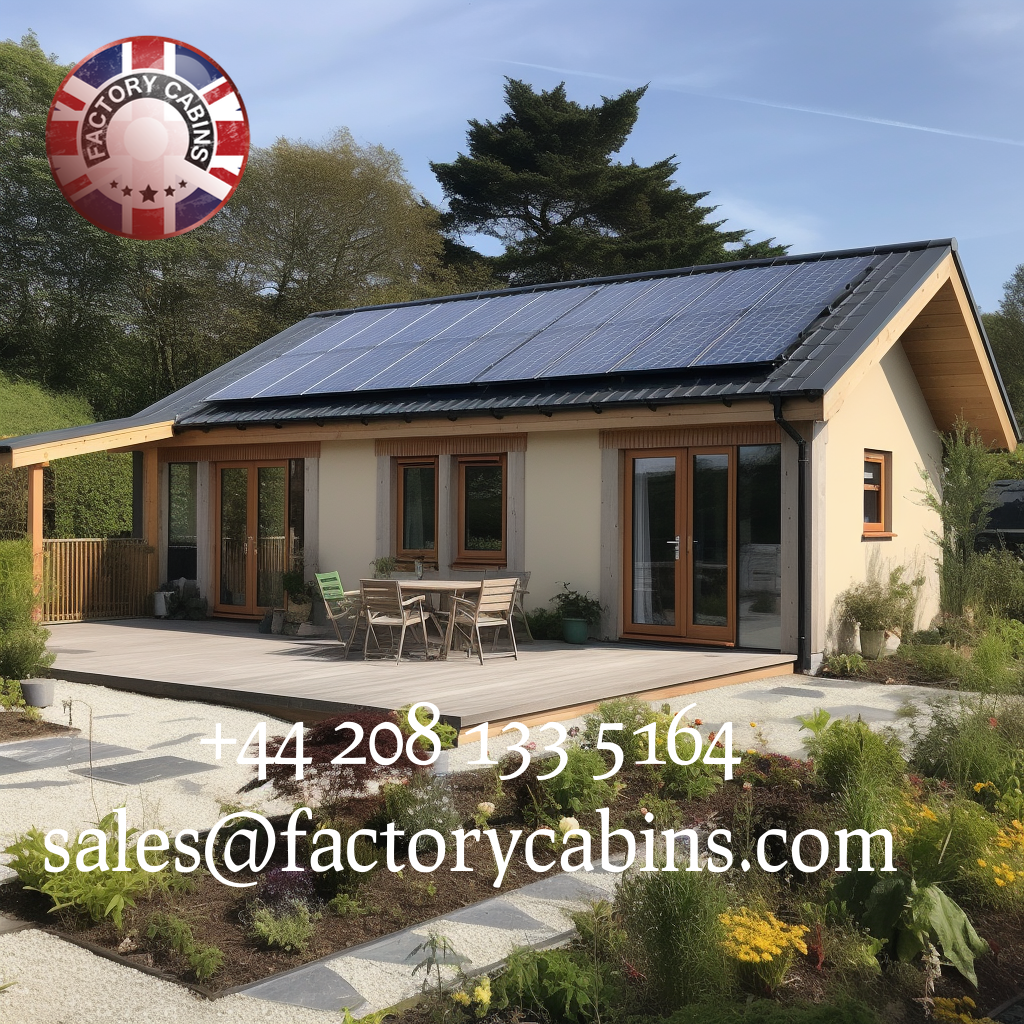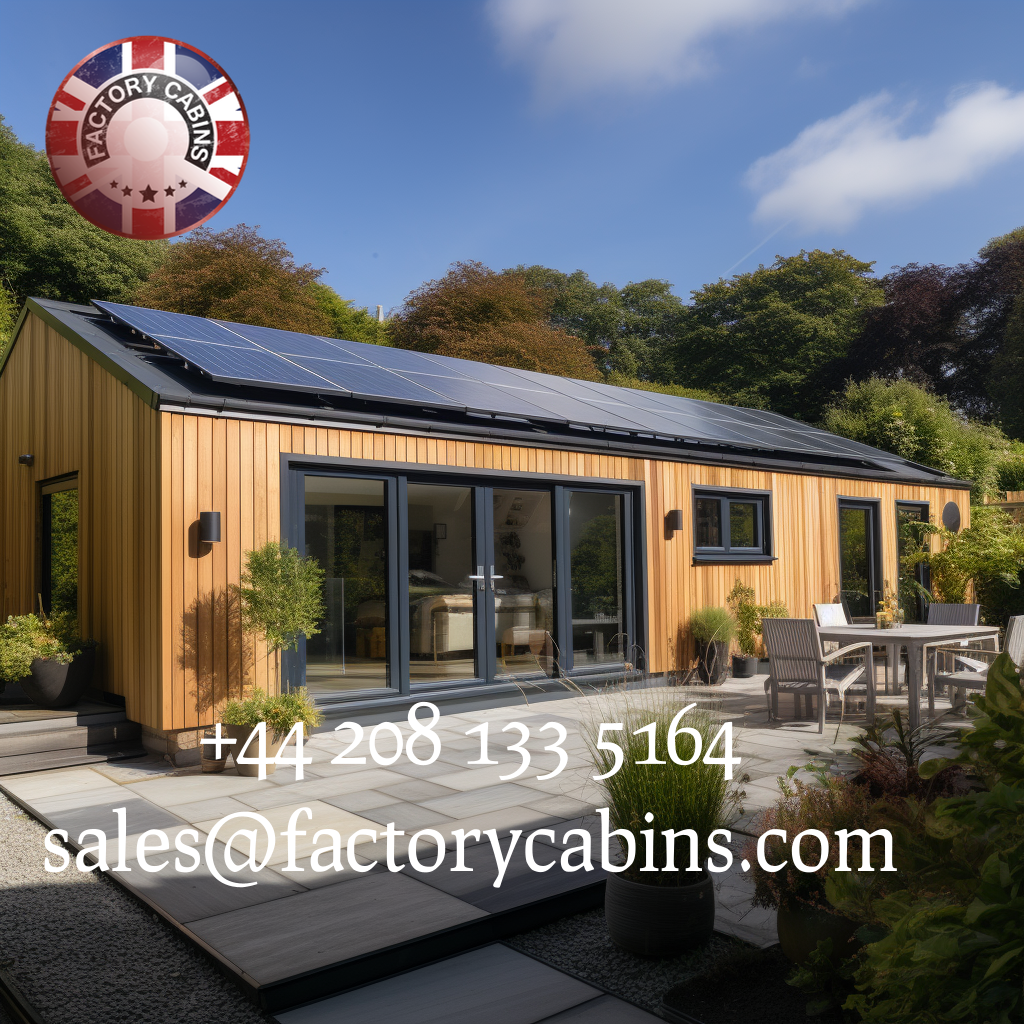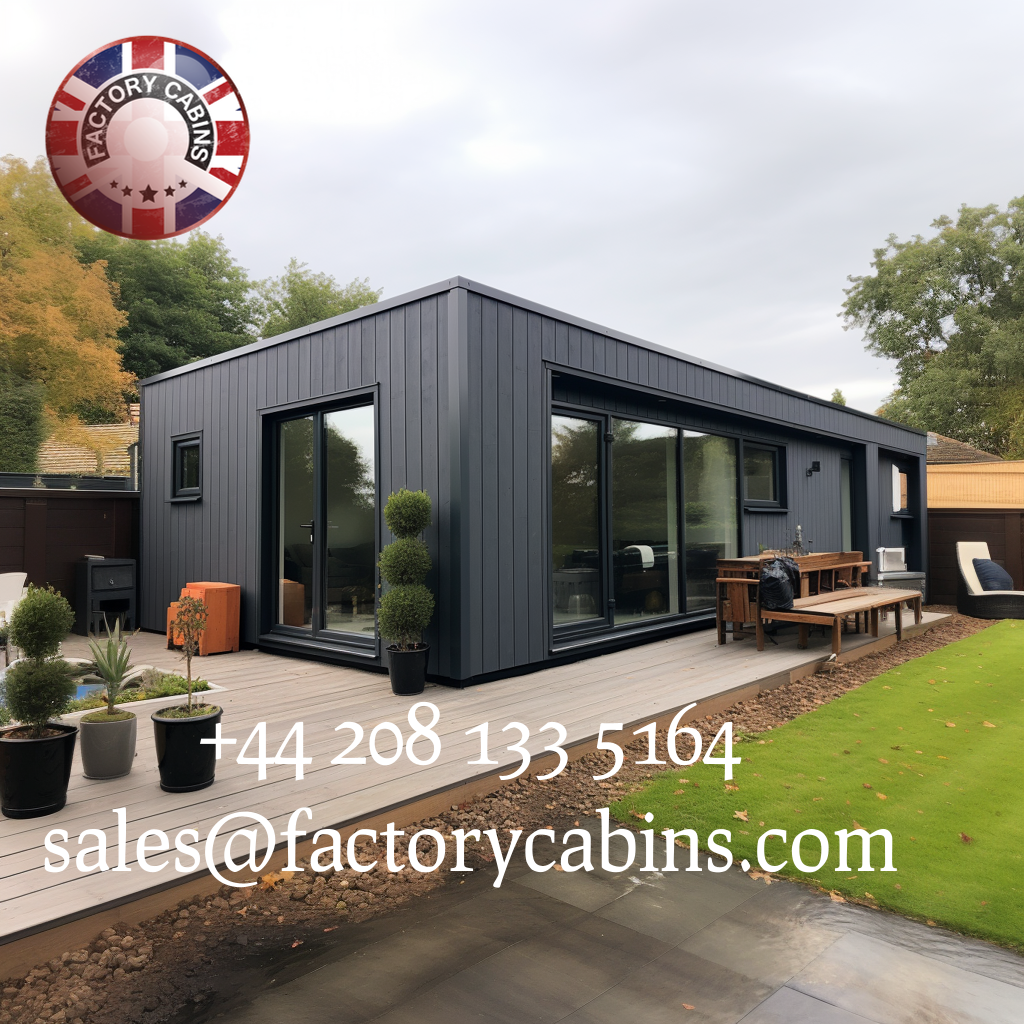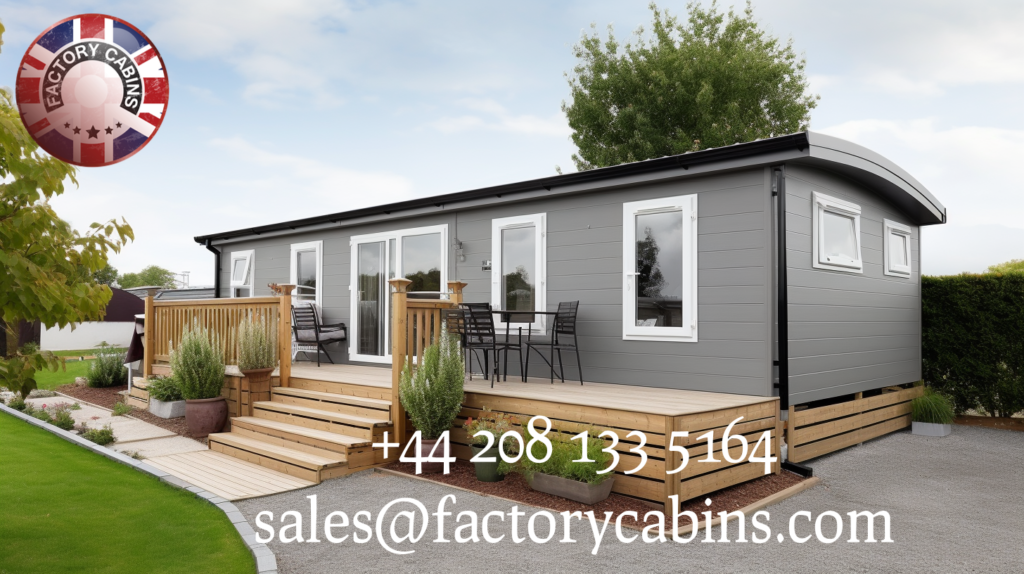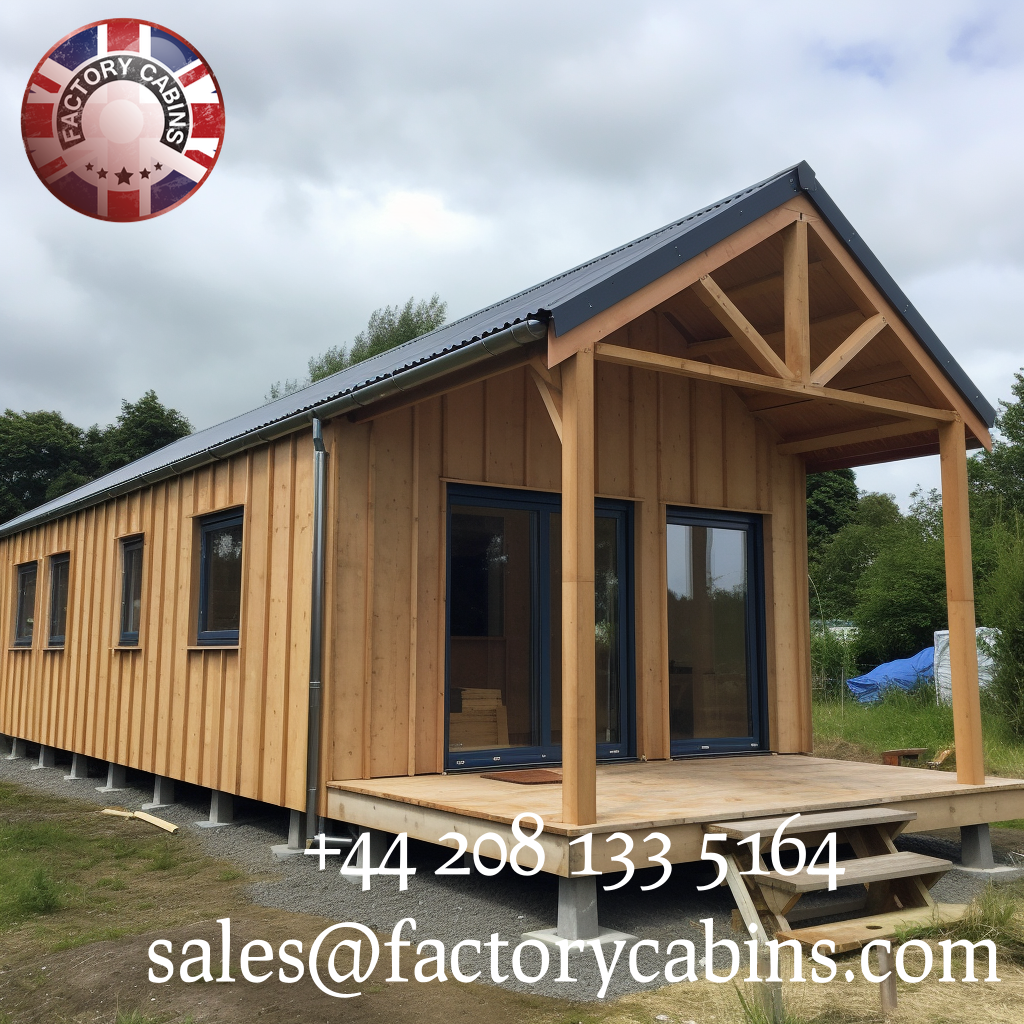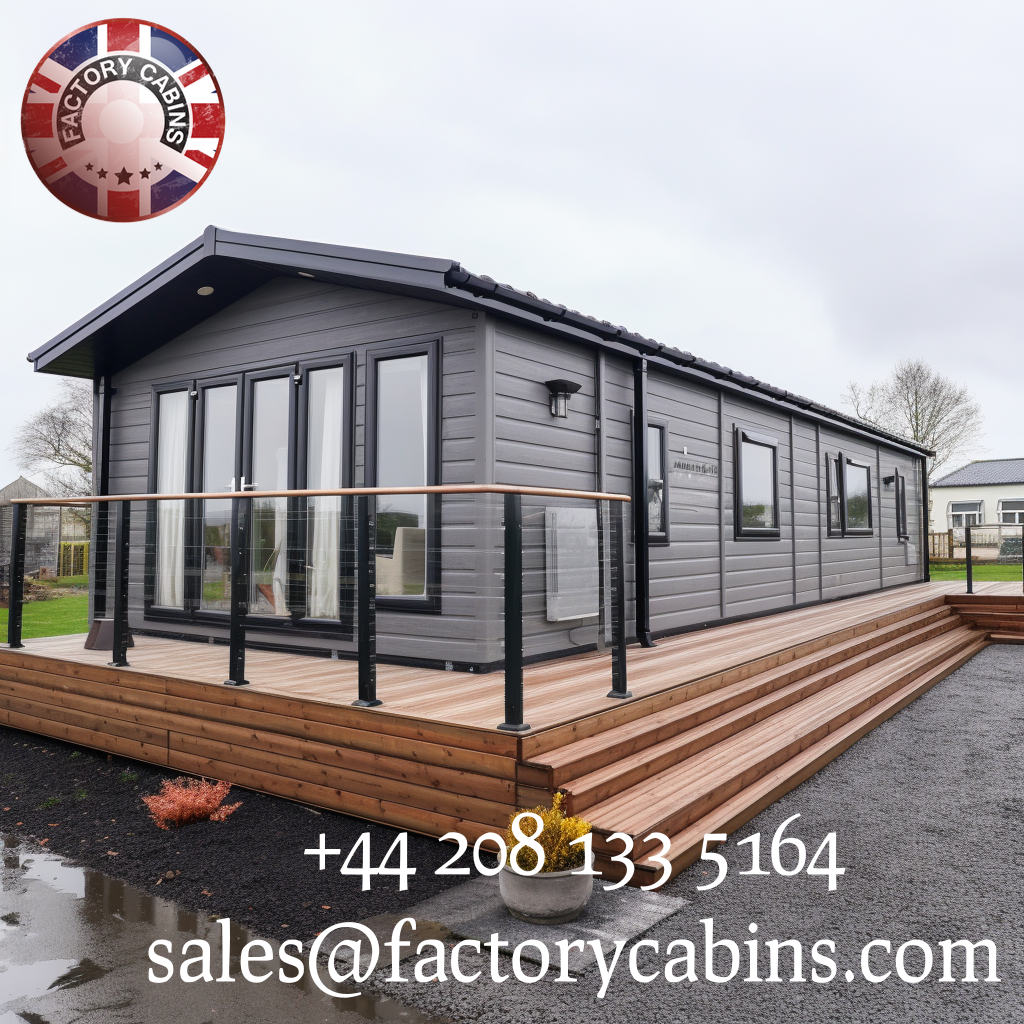
Before we begin, please remember that Factory Cabins is able to offer a complete bespoke Net Zero, highly insulated timber frame building, be it an office, a garage, or a family home, from say 90 m2 to 3000 m2. A net zero highly insulated house is not available for £30.000; we only manufacture quality kits that start at say 100 m2, which are around £70.000 for net zero standard materials. The insulation level in these kits is far superior to anything on the market, as are the triple-glazed windows and doors. If the company you want to compare us against is not offering KD C24 FSC everywhere, then forget about them. Its not apples against apples; it’s rubbish against quality. Any company that says they can offer a net zero house starting at £20.000 is a con, and their buildings will be absolute rubbish! If you are looking for a full turn-key option, please just ask. Net zero means something more than just at 7 letter word.
Our insulation..
250mm in the floor cassette (standard)
300mm in the walls( standard)
350mm in the roof( standard)
Sustainable choices include timber frame kits and net zero houses.
Implementing sustainable practises is more than a passing trend in today’s environmentally aware society. If you’re in the process of building your ideal house, you may make environmentally responsible decisions that are also good for your financial future. This article explores the topic of Net Zero Buildings, concentrating in particular on timber frame home kits due to their popularity in Scotland, affordability, and high popularity. So that you may make an educated choice about going green, we will guide you through the maze that is sustainable building.
Definition of Net Zero Energy Buildings Table of Contents
Find out what it takes for a structure to be labelled “Net Zero.”
A Green Option: Timber-Frame Buildings
Investigate the eco-friendly advantages of timber-frame home kits.
Profitable efficacy
Find out how the energy efficiency of wood frame construction might help you save money.
Budgetary Factors and Other Issues in Scotland
Learn what goes into the cost of a timber frame kit for a house in Scotland.
Why Customization Is So Enticing
Learn how to build a one-of-a-kind house from scratch using wood frame kits.
Increased Interest in Eco-Friendly Housing
Investigate the buzz surrounding sustainable lifestyles and Net Zero Structures.
What’s the point of having no net gain?
Find out what other advantages going with a Net Zero building might provide you.
Log cabins are both eco-friendly and visually appealing.
Discuss the aesthetic and ecological benefits of wood frame construction.
Cost Analysis for a Scottish Timber Frame Home Kit
Investigate further the variables that bring the price of Scottish timber frame kits up or down.
Questions That Were Asked Often
Discover solutions to the most frequently asked questions regarding wood frame home kits and Net Zero Buildings.
The Concept of a Net-Zero Energy Building
The definition of a net-zero building

A “Net Zero Building” is one that generates as much energy as it uses annually. Innovative planning, energy-saving technology, and alternative energy sources all contribute to this extraordinary success. While still meeting the requirements of its inhabitants, Net Zero Buildings produce zero waste.
Timber-framed Houses as an Eco-Friendly Option
Reasons to Build an Eco-Friendly Home Using a Timber Frame Kit.
Eco-conscious people should seriously consider purchasing a timber frame house kit. Using these kits, you may construct a house that is more eco-friendly and uses less energy. Prefabricated components allow for a more streamlined building process, cutting down on both time and materials. In addition to its eco-friendliness, timber frames are also rather lovely.
Profitable Efficiency: Timber Frame Homes’ Superior Energy Efficiency
Superior thermal efficiency is what sets timber frame home kits apart. The intrinsic thermal mass of wood, coupled with contemporary insulation techniques, makes it possible for a house to have zero annual energy use. This is good for the planet and your wallet since decreased energy use means cheaper electricity bills.

Scotch costs and factors to consider
The Scotsman’s Guide to Timber Frame Home Kit Prices
It is important to understand the cost dynamics of the market while shopping for timber frame house kits in Scotland. Size, intricacy, and build quality all have a role in how much anything will set you back. Prices for even the most basic timber frame kit for a compact house may begin at roughly £60,000, with larger or more complex structures inevitably costing more.
- Why Customization Is So Enticing
Using Timber Frame Kits to Create Your Ideal Home
You may put your own stamp on your home with the help of a timber frame house kit. These kits provide the architectural freedom to realise your own house, be it a small, cosy cottage or a sprawling, multi-story palace.
Increased interest in eco-friendly housing
Interest in Eco-Friendly Methods of Daily Life
Demand for environmentally friendly houses is on the rise as more people become aware of environmental challenges. When it comes to sustainability and energy efficiency, the world is moving in the direction of Net Zero building.
Seventh, explain your position on “Net Zero.”
What Are the Benefits of a Net-Zero Structure?
There are several upsides to deciding on a Net Zero Building. In addition to the apparent gain of generating exactly as much renewable energy as is used, you’ll also be part of a more environmentally friendly, low-energy-use neighbourhood.
Environmentally friendly and aesthetically pleasing, timber frame homes are number eight on our list.
Timber-framed houses are beautiful and environmentally sustainable. Wood from responsibly managed forests is used, lowering the home’s carbon footprint, and you may design your own custom layout.

What Affects the Price of a Timber-Frame House Kit in Scotland and Why
Determine what goes into the cost of a timber frame kit for a house in Scotland. The ultimate price has a lot to do with factors like the complexity of the design and the quality of the materials utilised.
FAQs (Ten Most Frequently Asked Questions)
A1: Can you please define a Net Zero Building and explain its significance?
Buildings that are “net zero,” meaning they create as much energy as they need, are essential for cutting down on pollution and utility bills.
Timber frame home kits are a sustainable option, but how exactly?
Timber frame home kits are eco-friendly and low-impact since they’re crafted from responsibly sourced timber.
Are timber-framed dwellings of all sizes equally functional?
The structural versatility of timber frame kits allows them to be used for houses of varying sizes and designs.

When it comes to the future, what are some of the advantages of living in a Net Zero Building?
Utilities are cheaper, your carbon impact is reduced, and you’re living a greener life when you’re in a Net Zero Building.
Can my wood frame house be modified to reflect my own tastes?
Absolutely! A home built from a timber frame kit allows you to express your individuality in the design of your home.
Net Zero Buildings and timber frame home kits in Scotland provide a means to build a home that is both environmentally and economically friendly in a world that is more concerned with these issues. With more and more people wanting to live in environmentally responsible dwellings, Net Zero is a practical option. You may contribute to a more environmentally friendly and sustainable future while enjoying the aesthetic benefits of a really one-of-a-kind home by adopting the concepts of Net Zero and the trend towards timber frame construction. Build the green, efficient house of your dreams right now.

